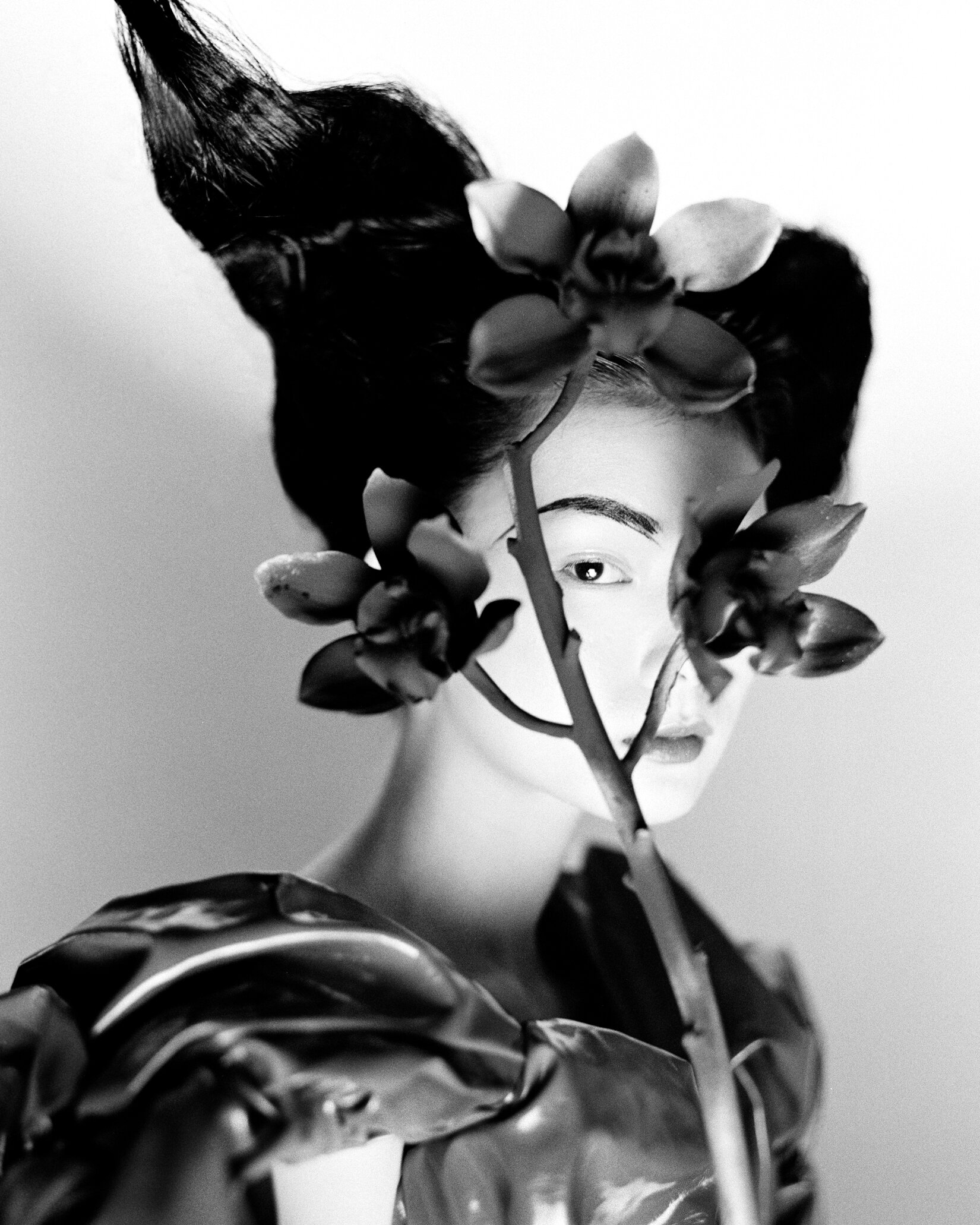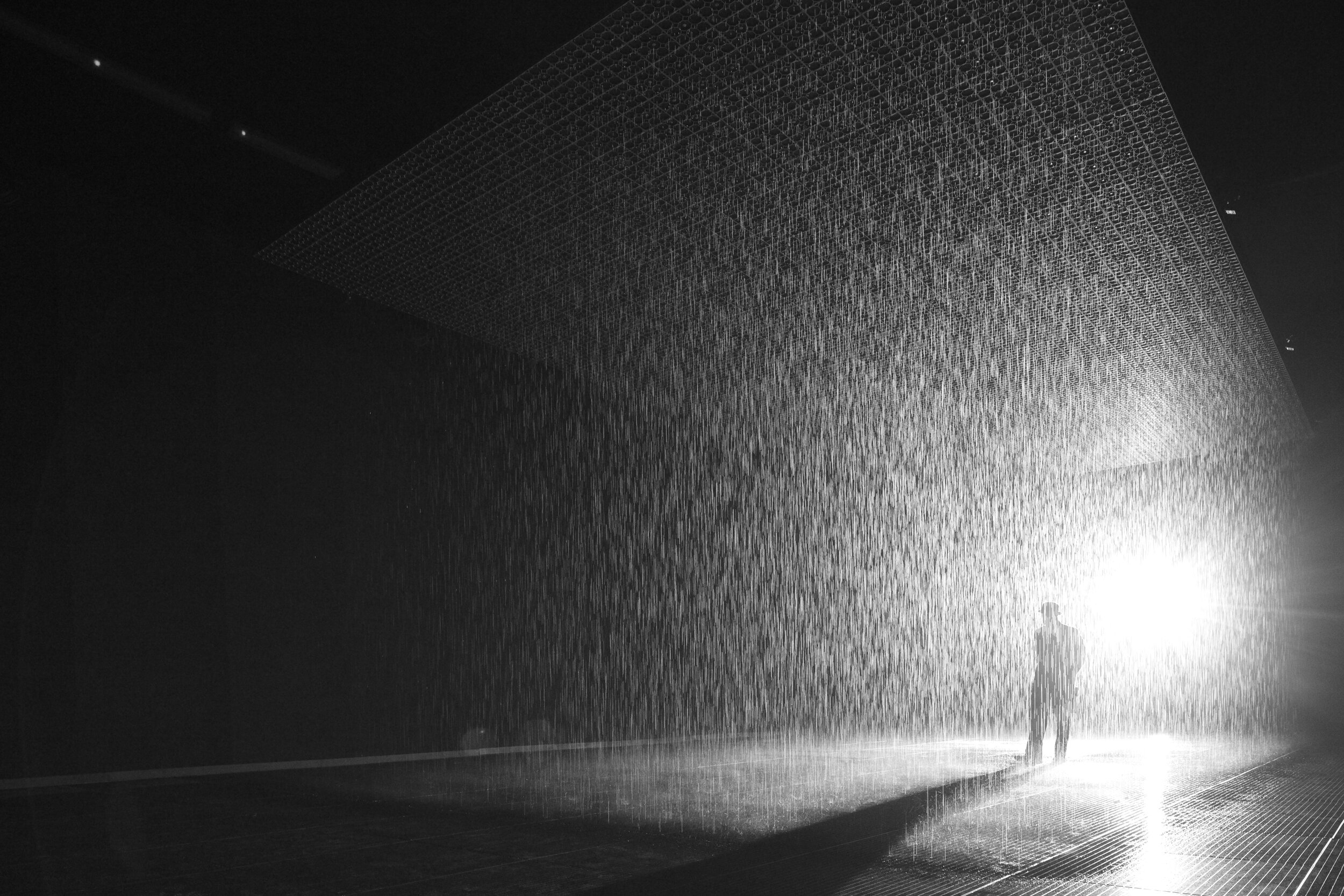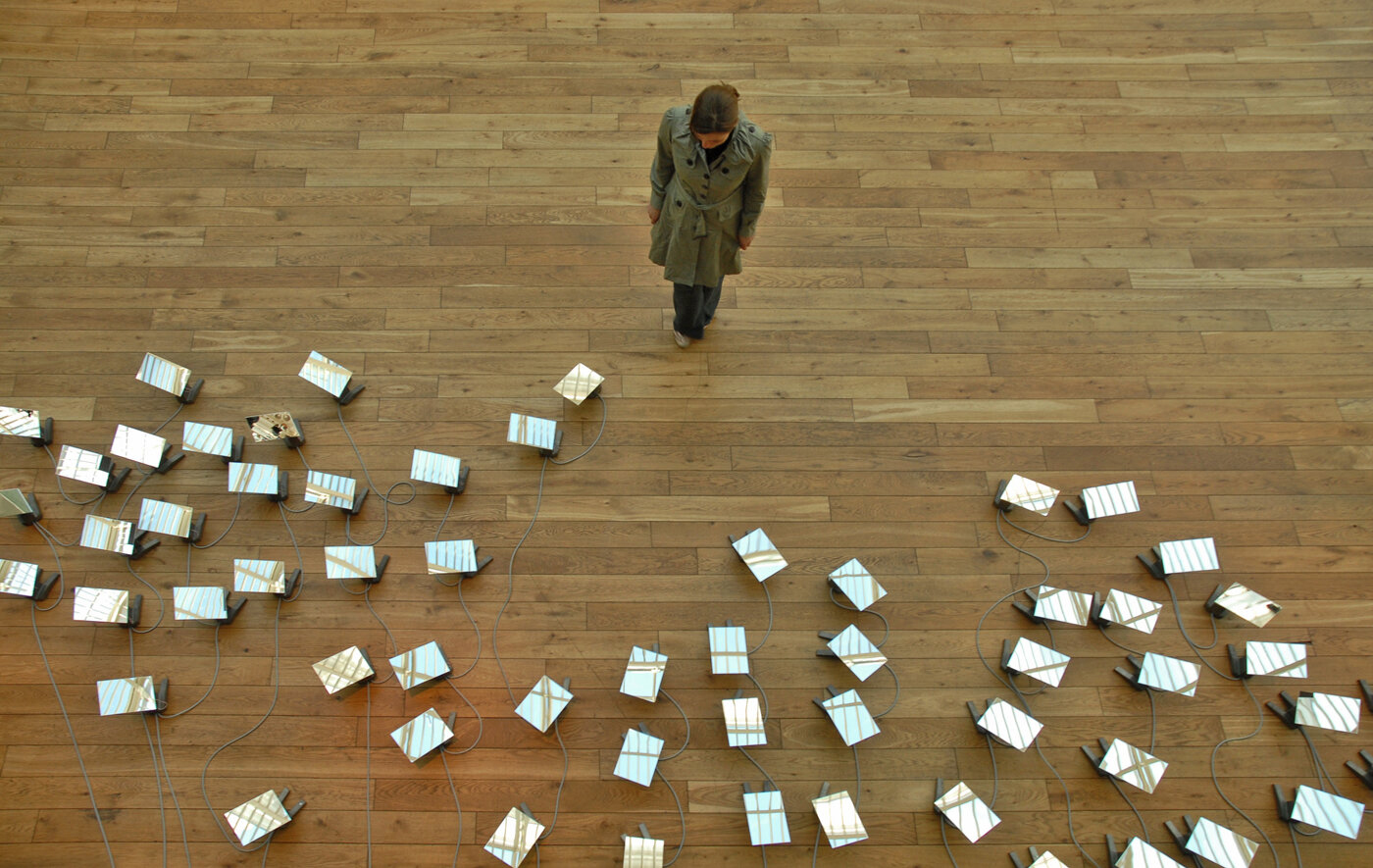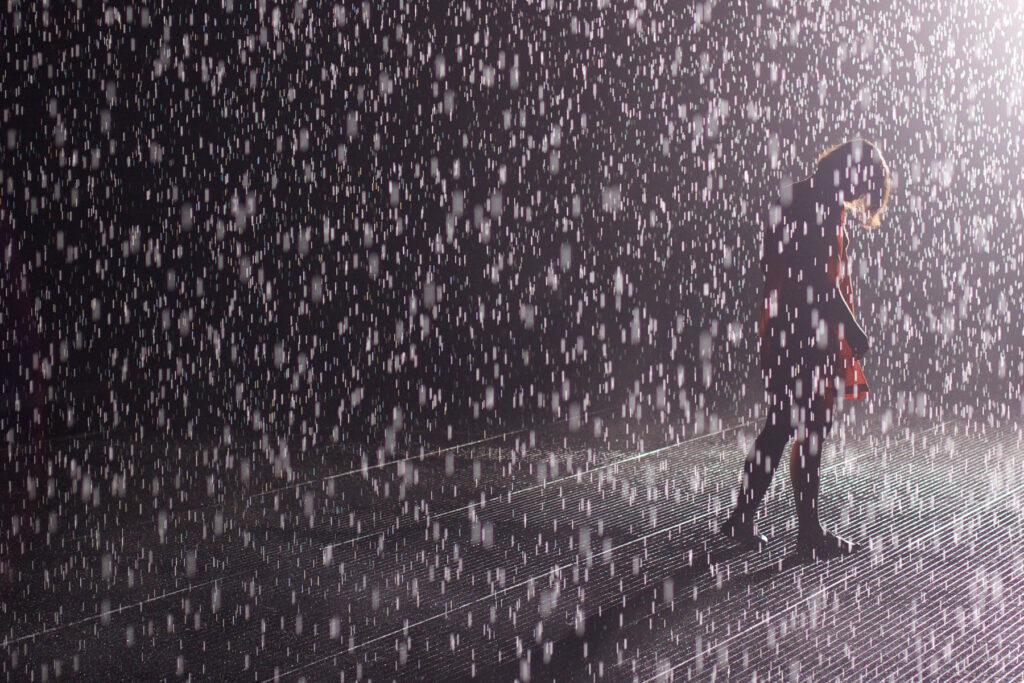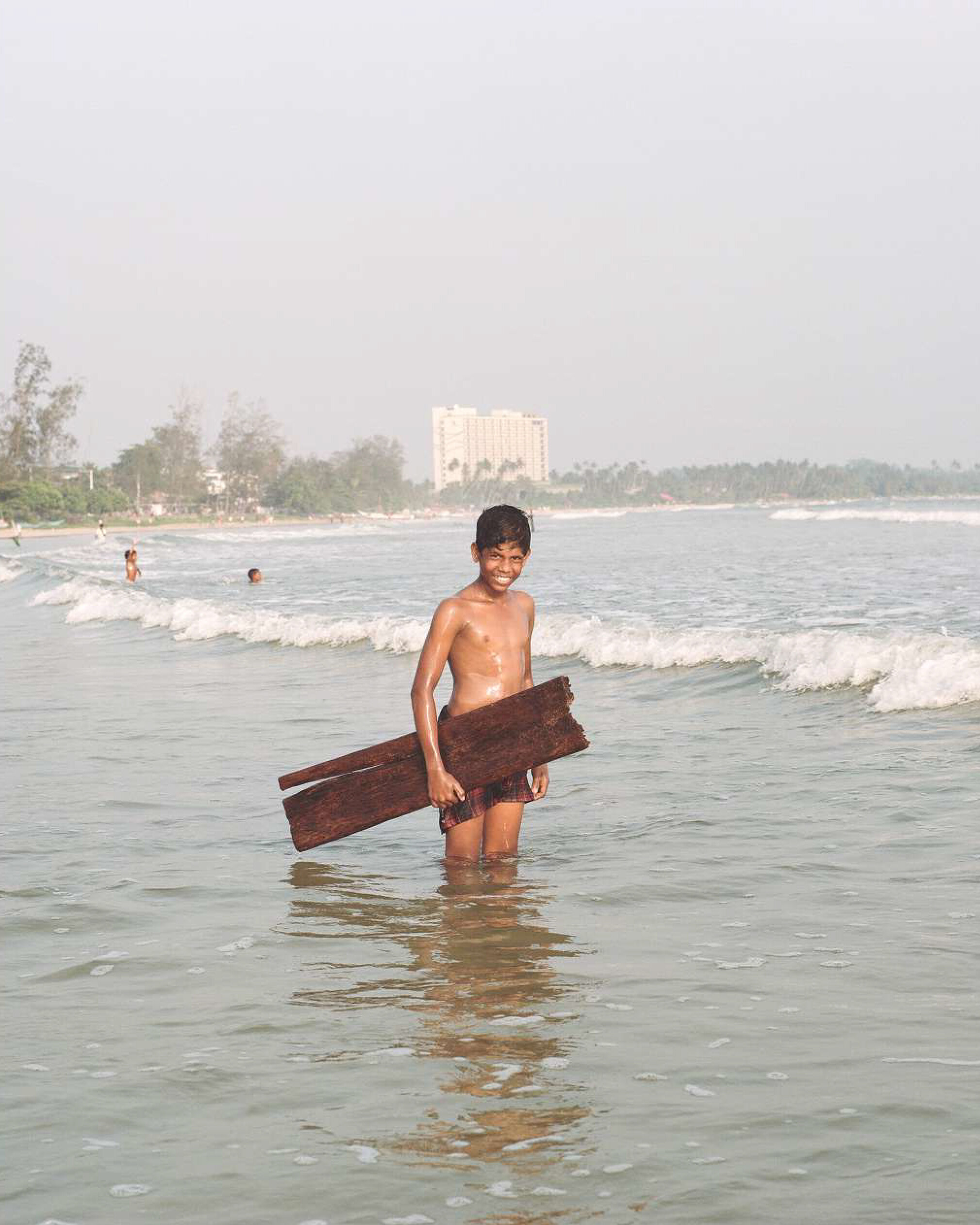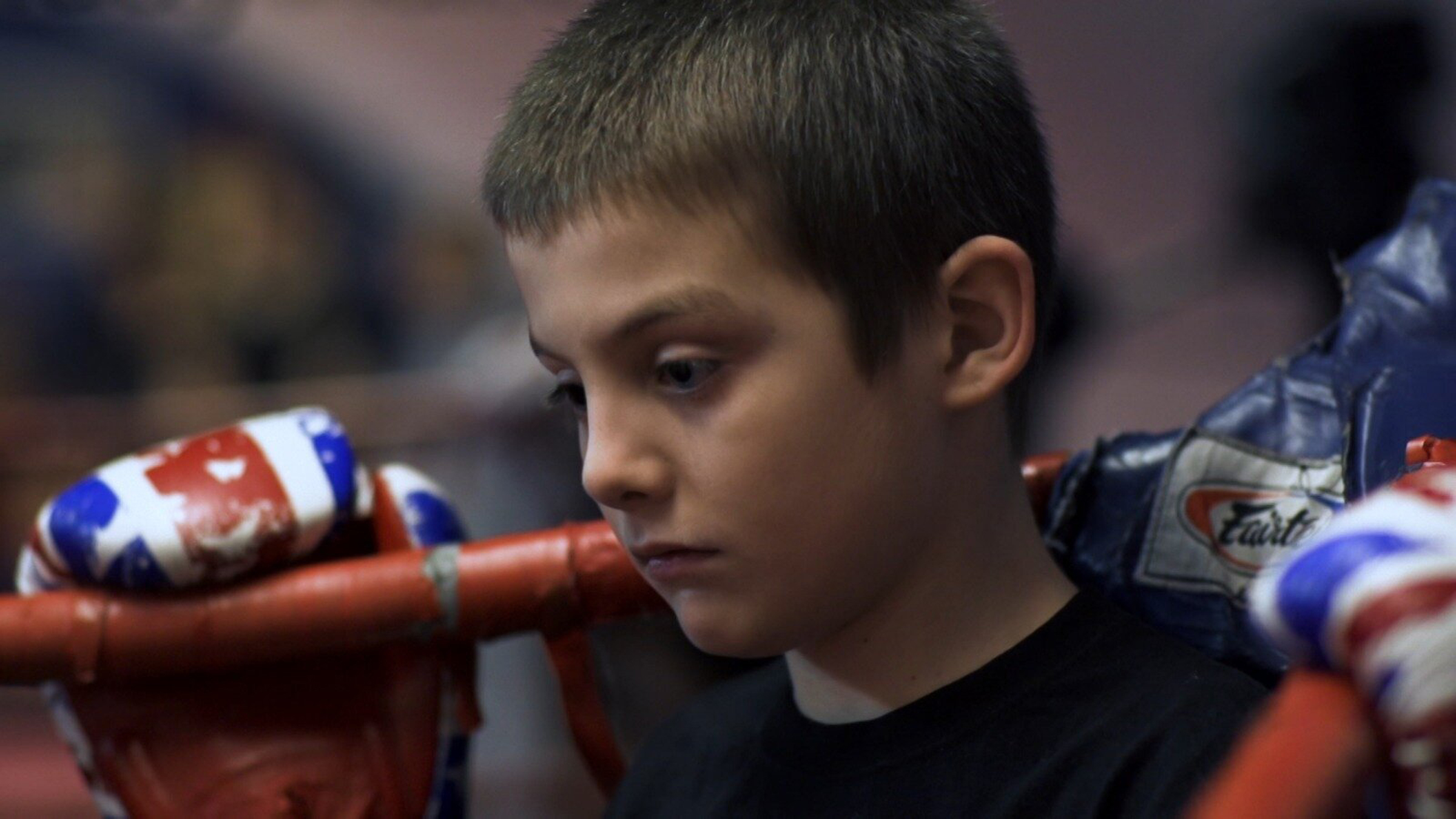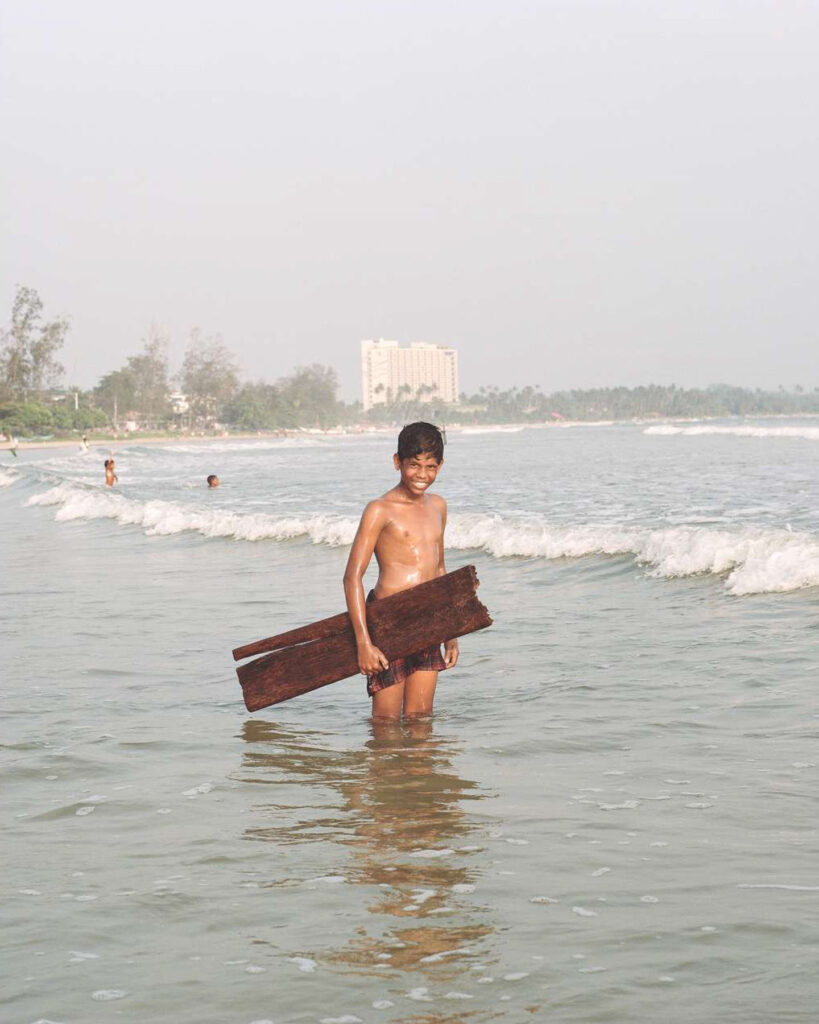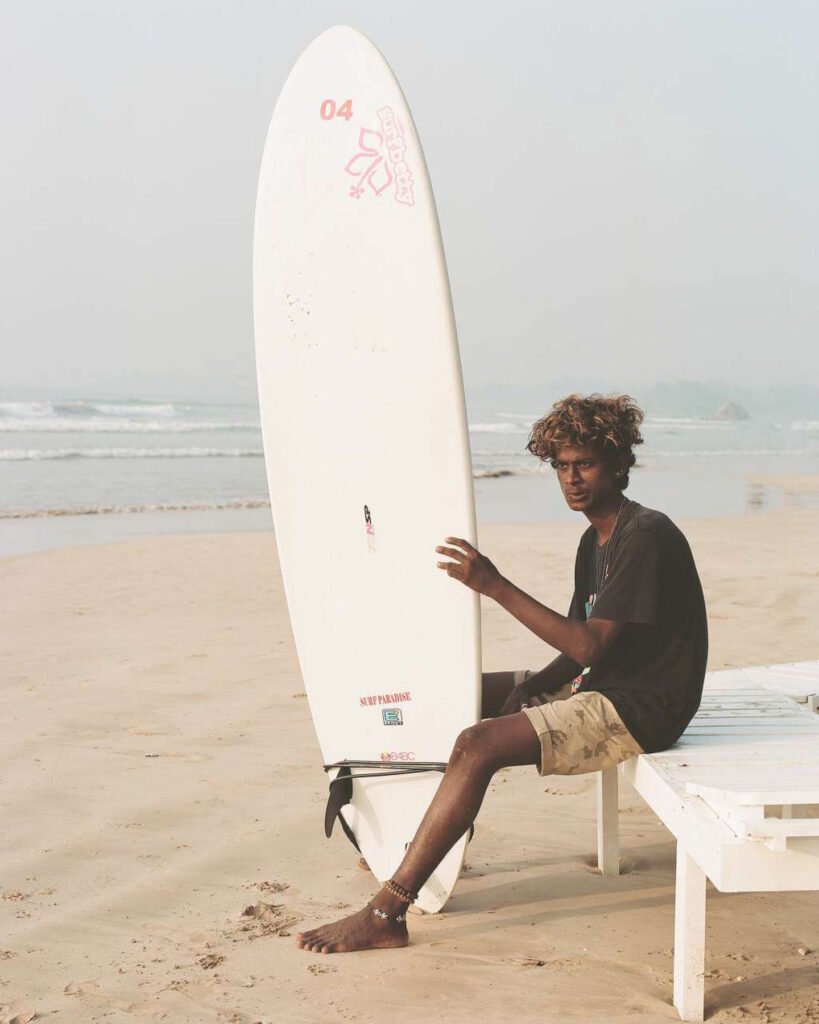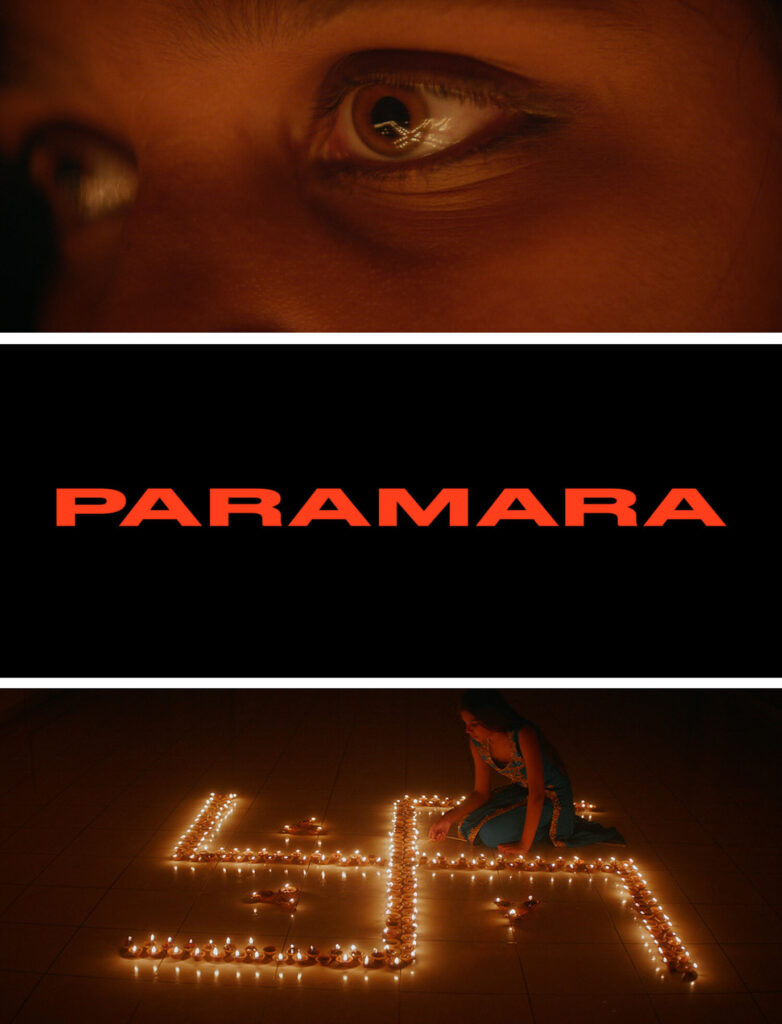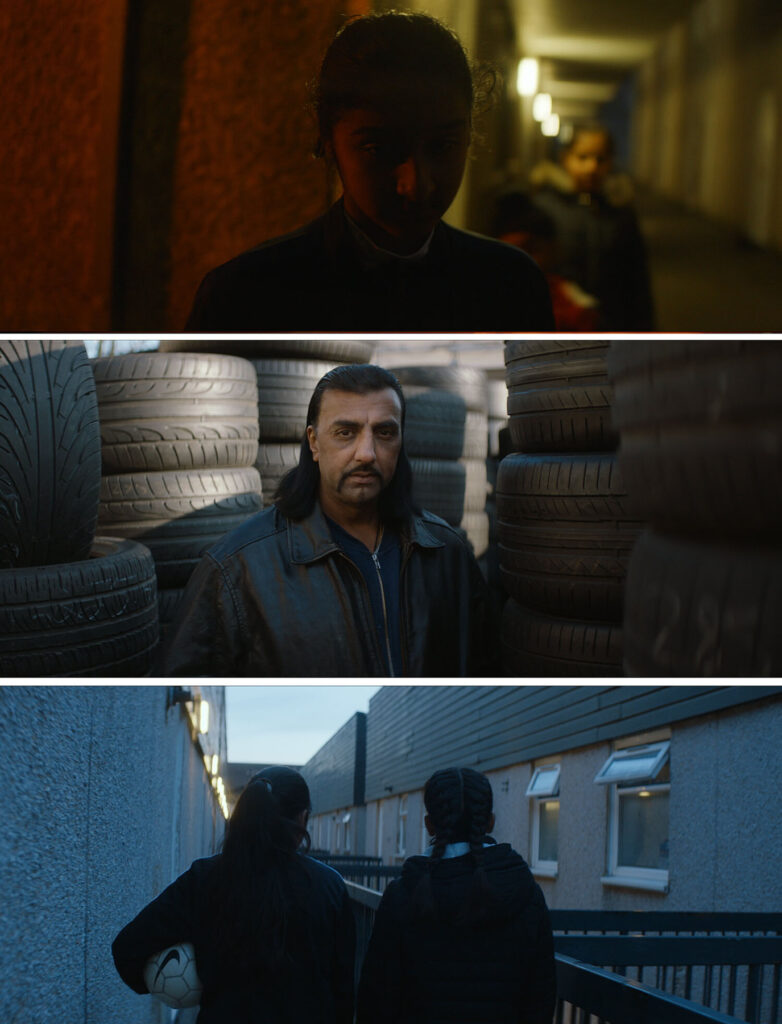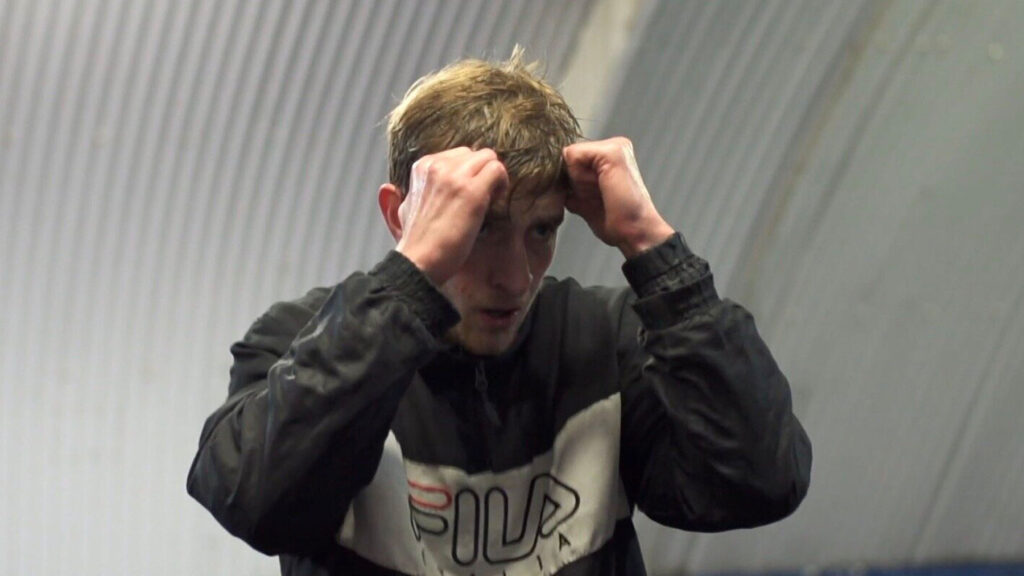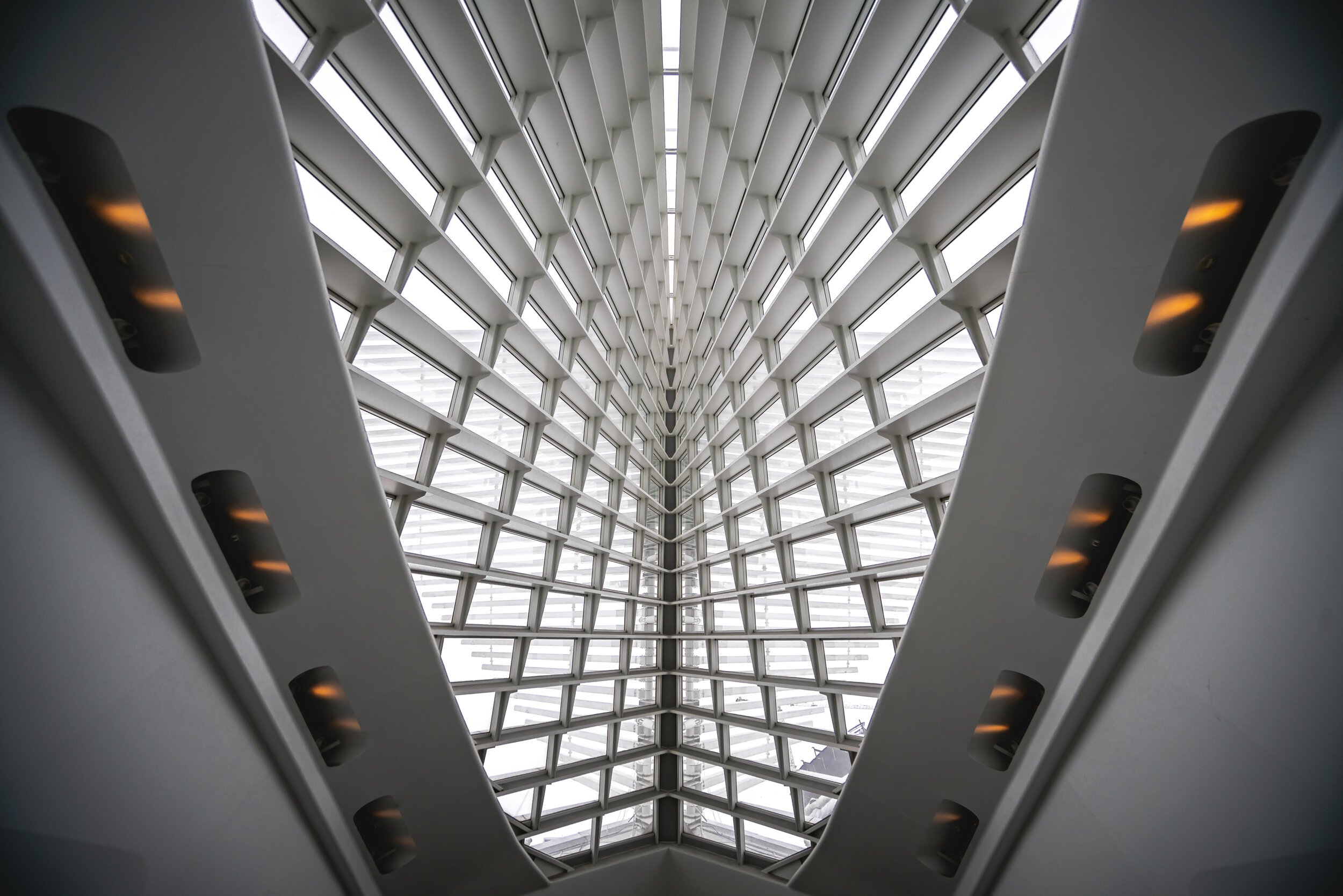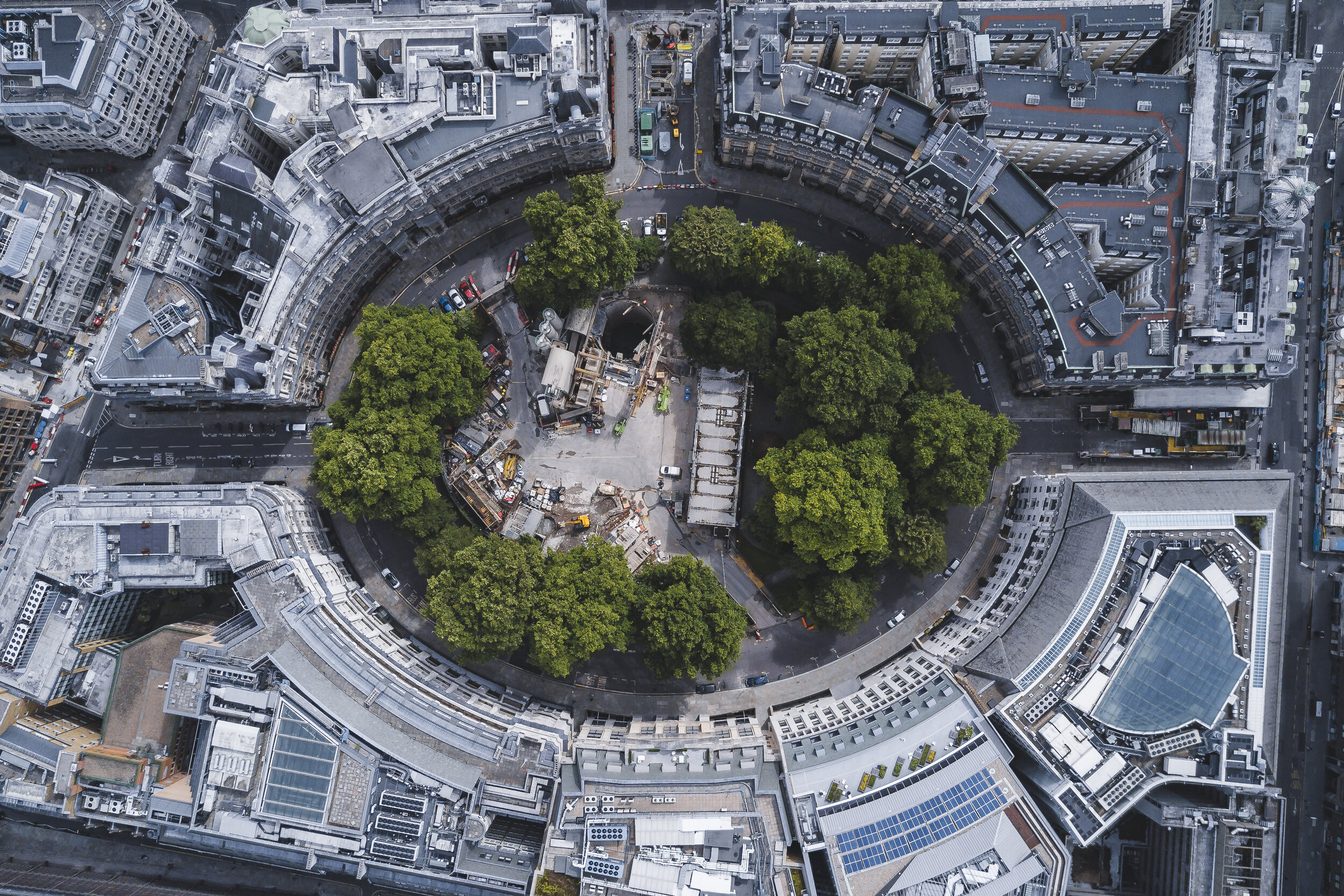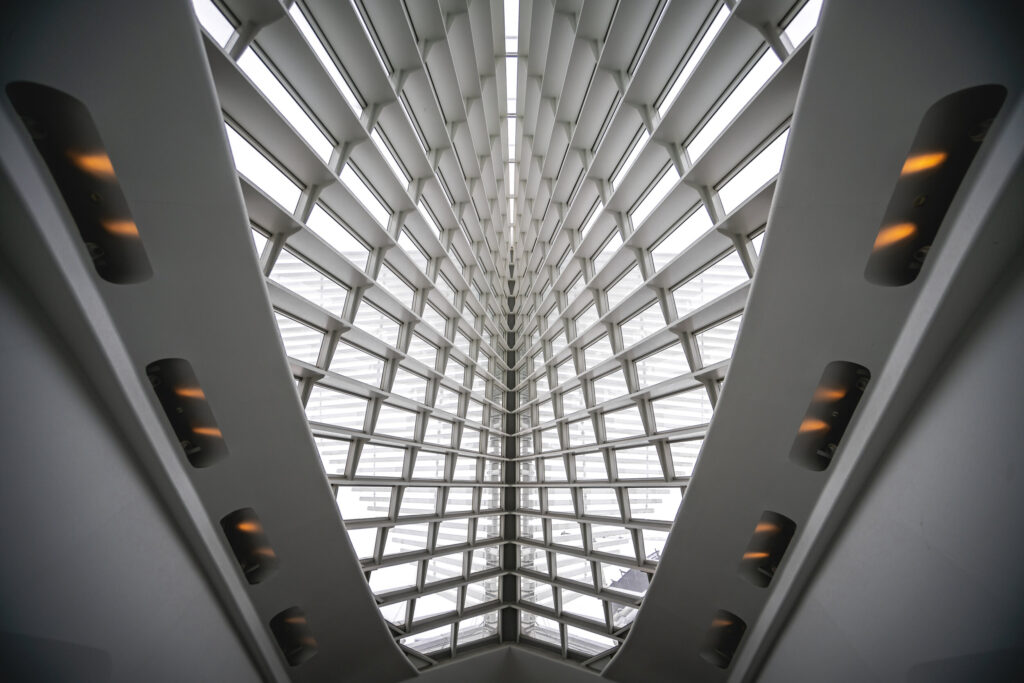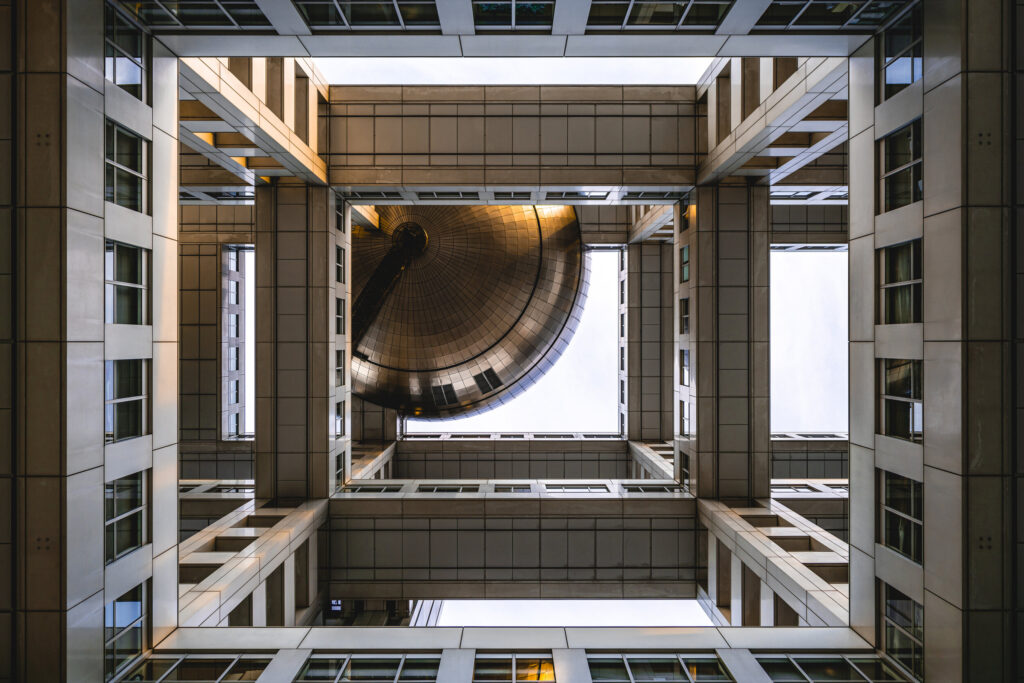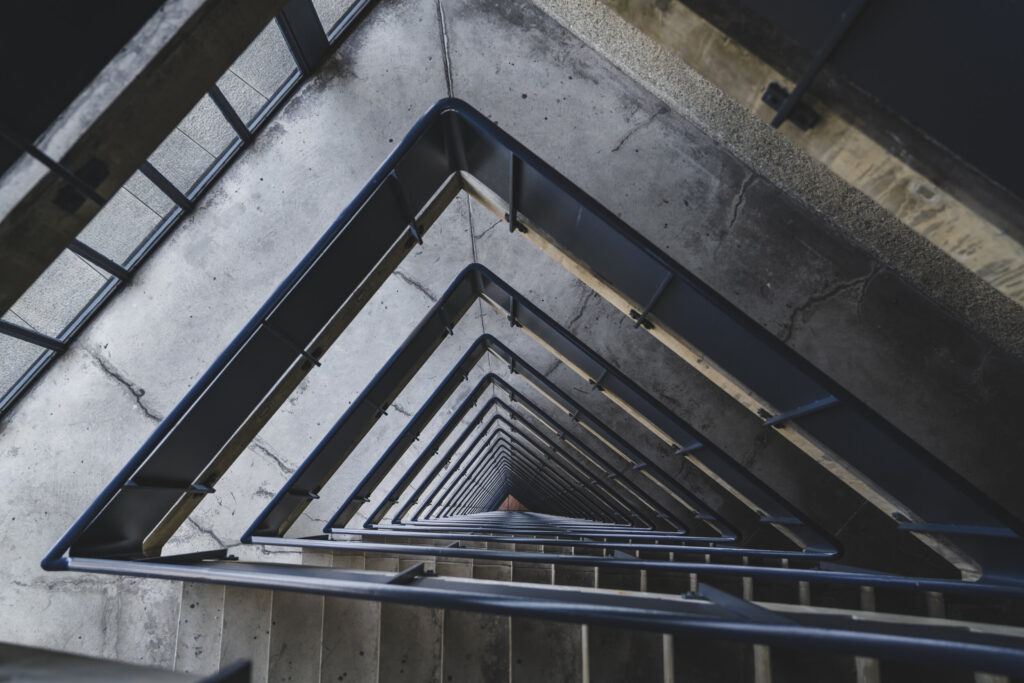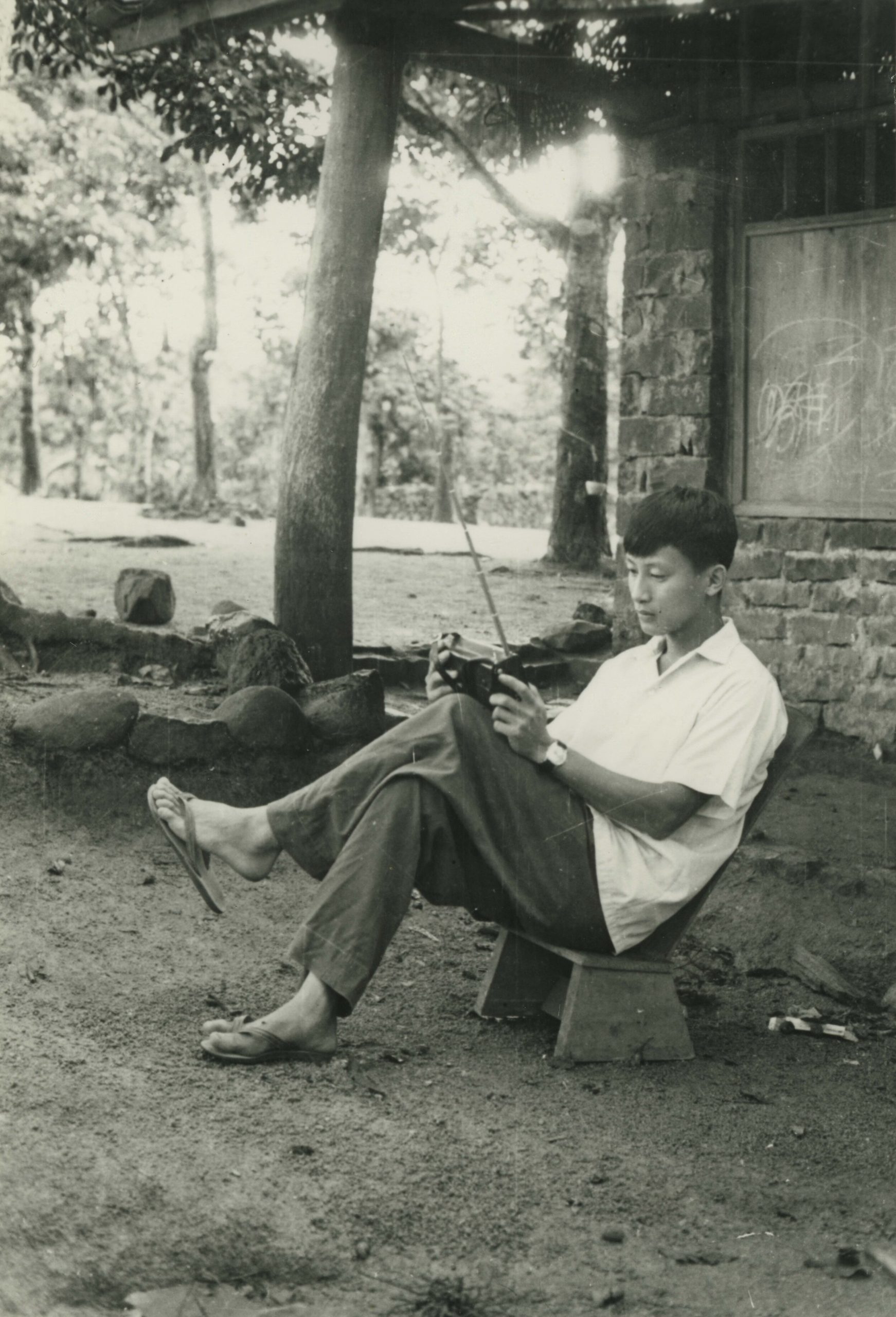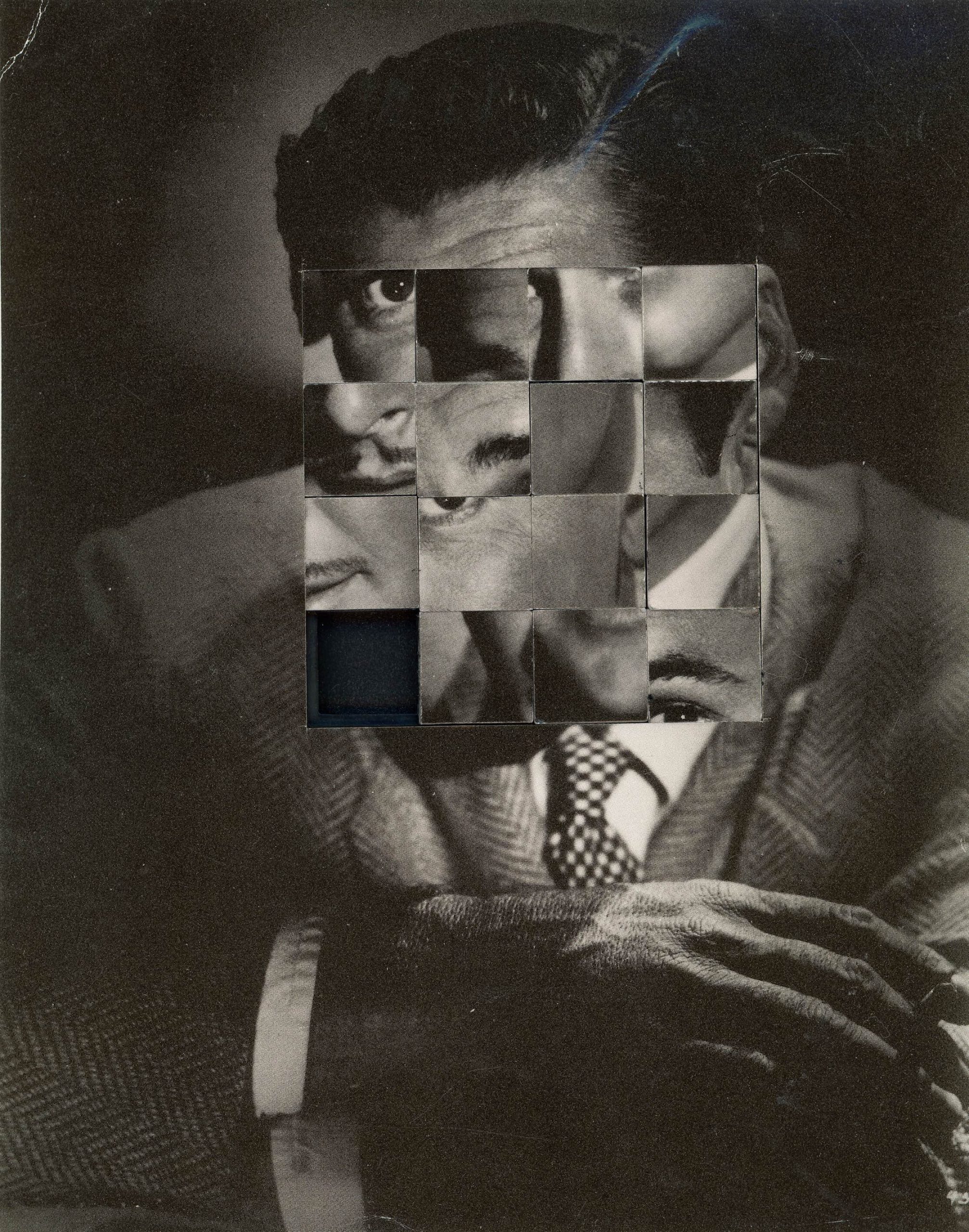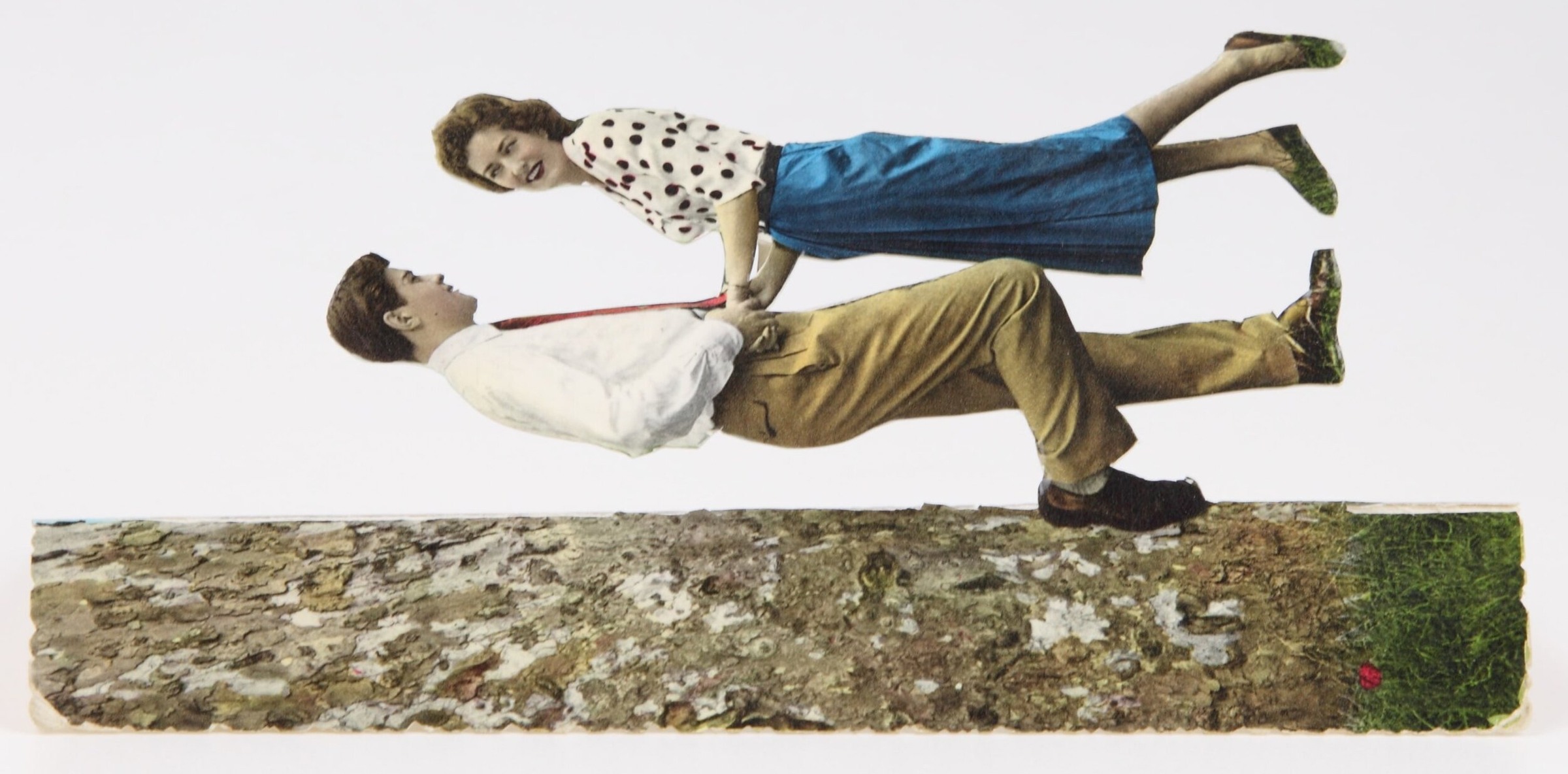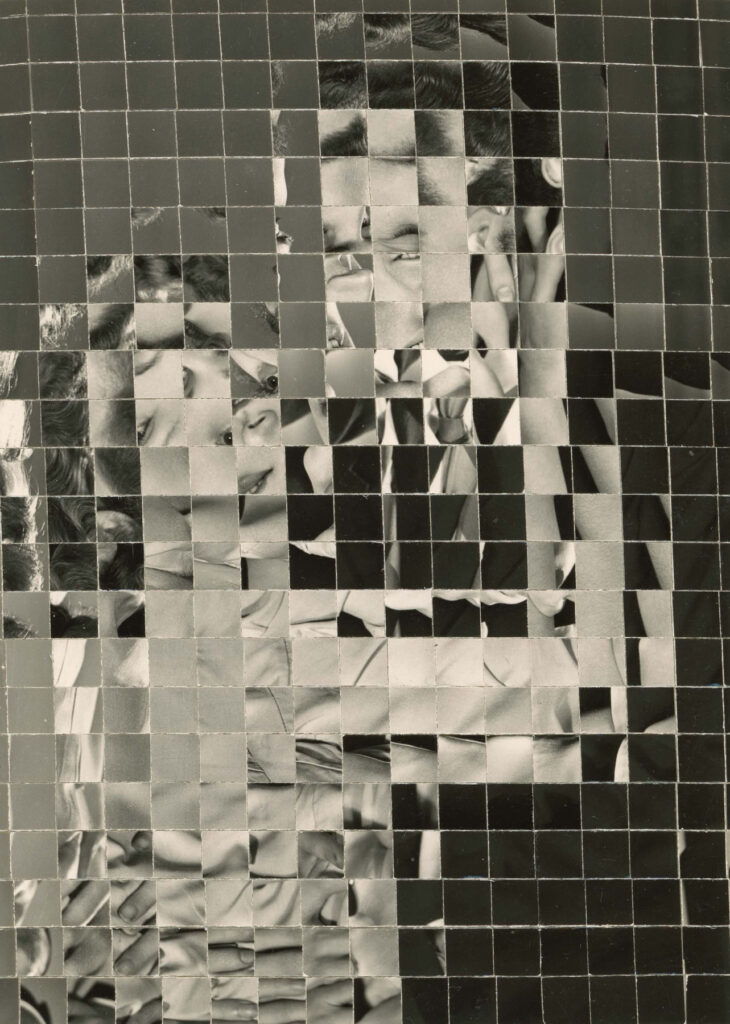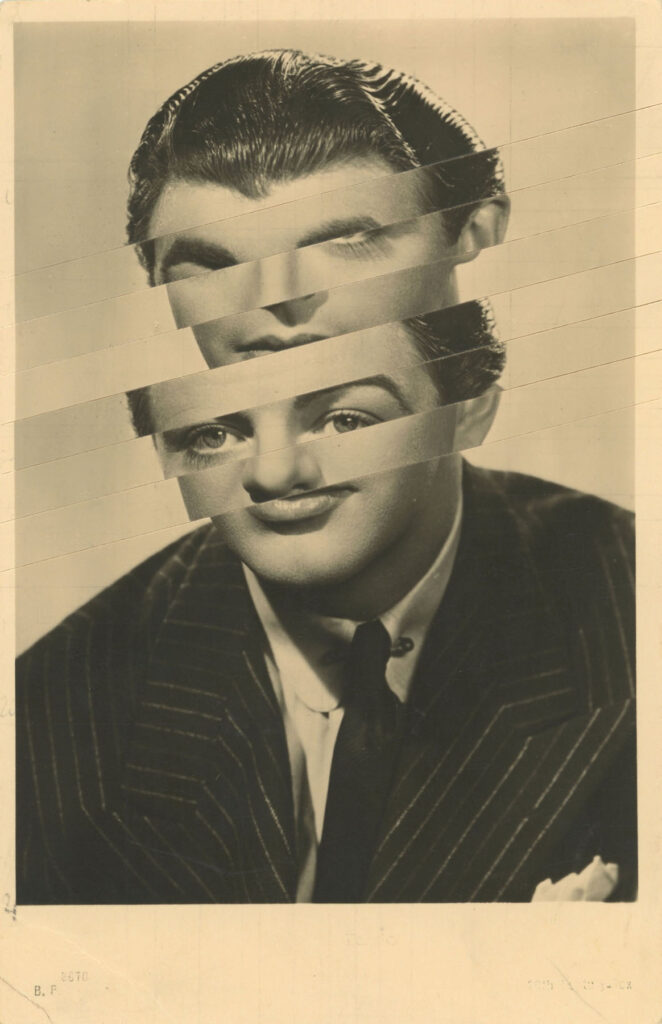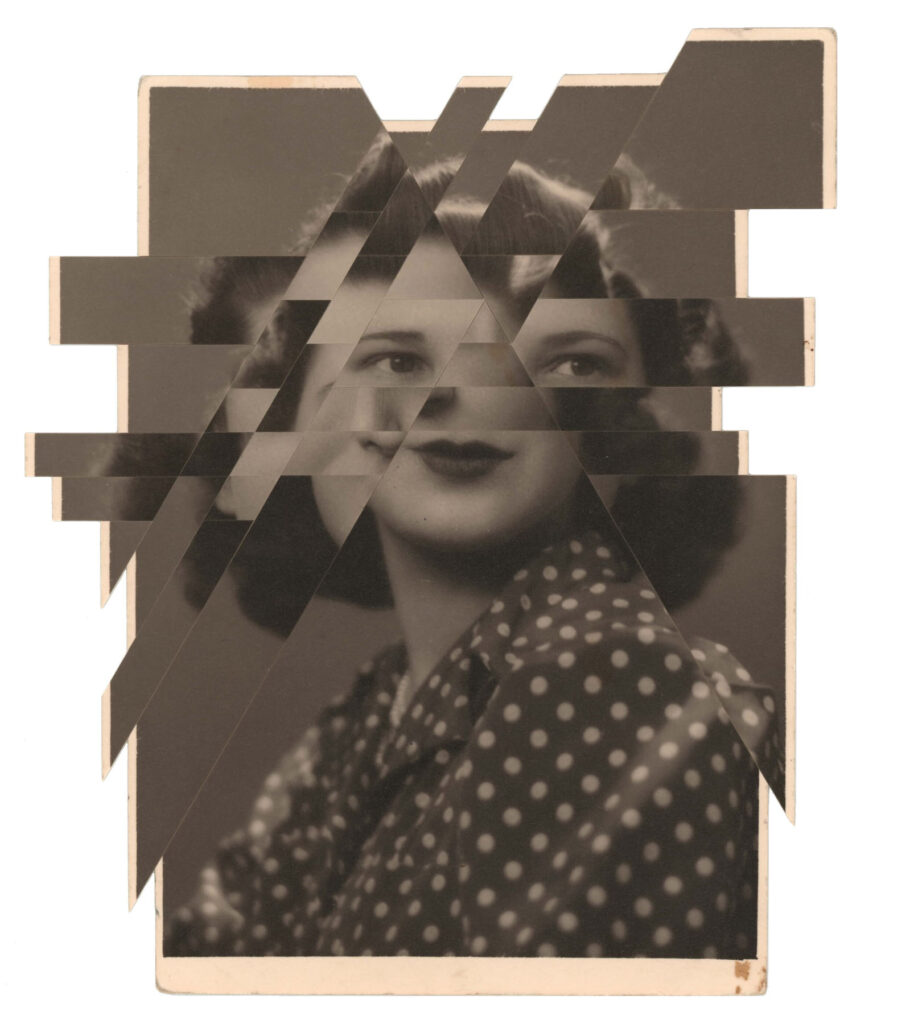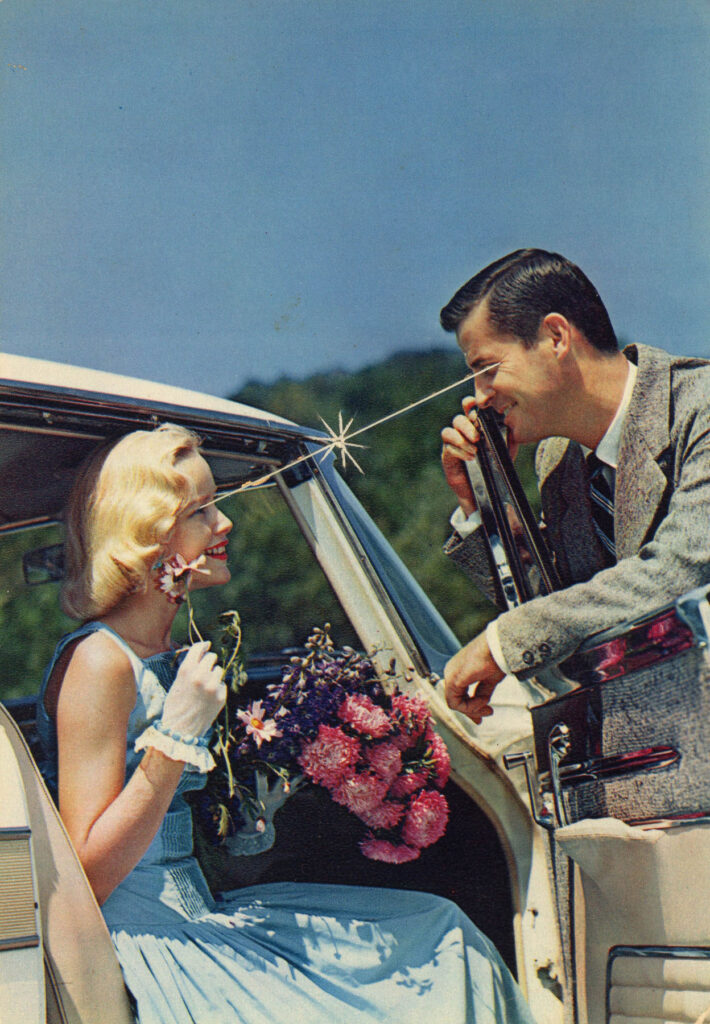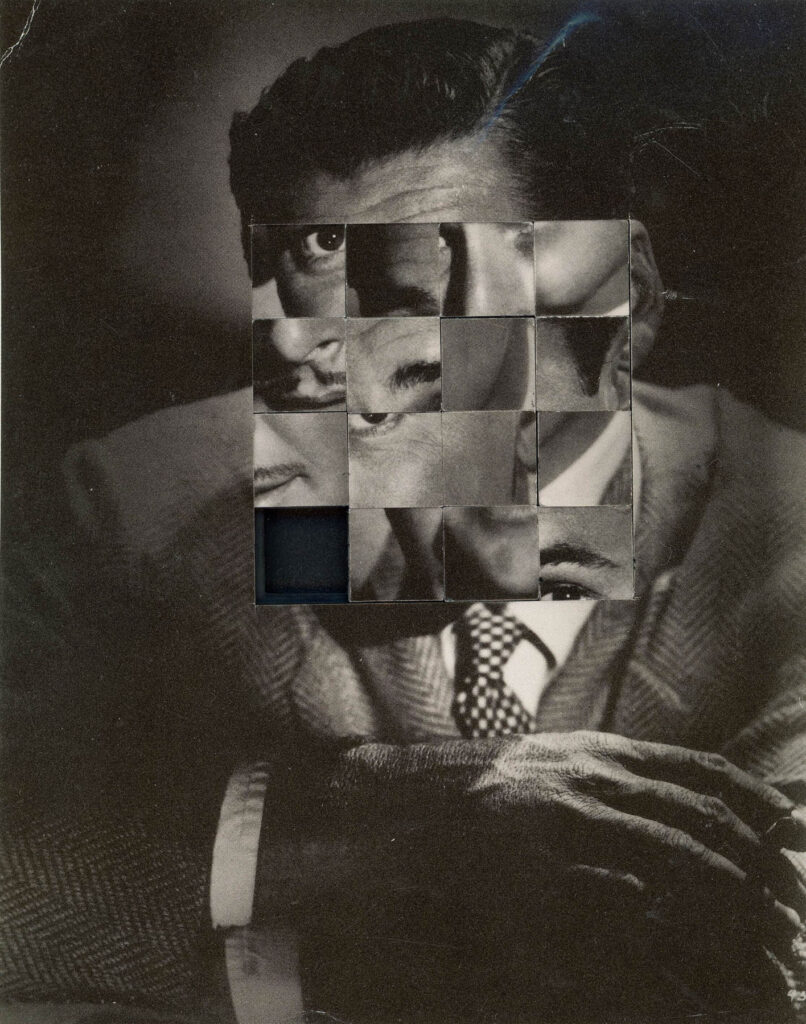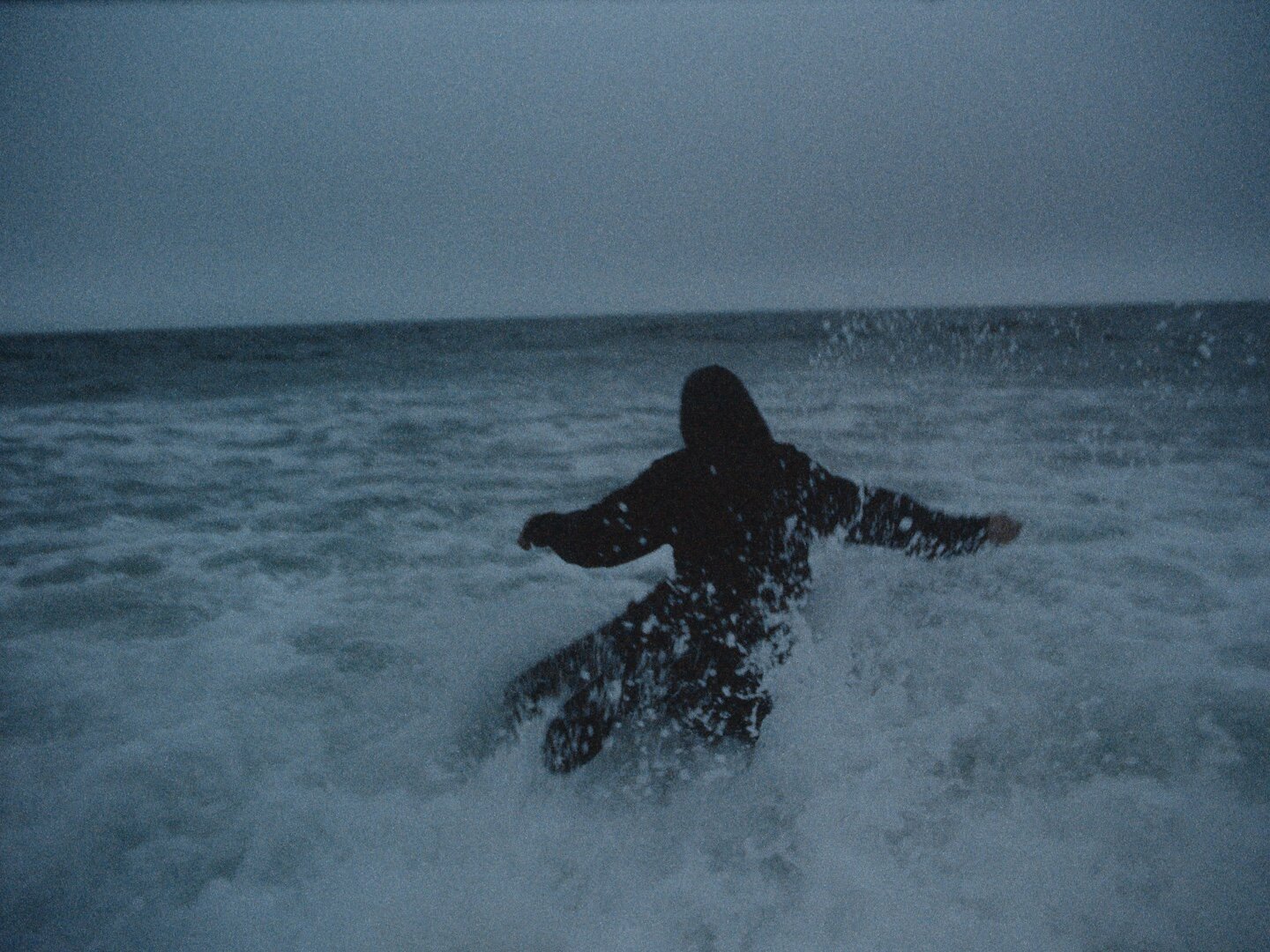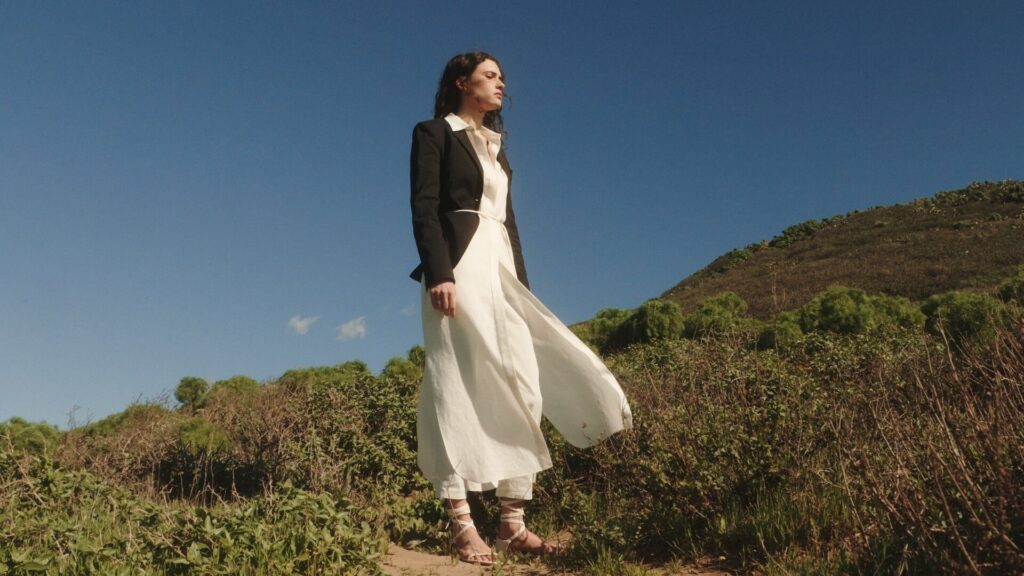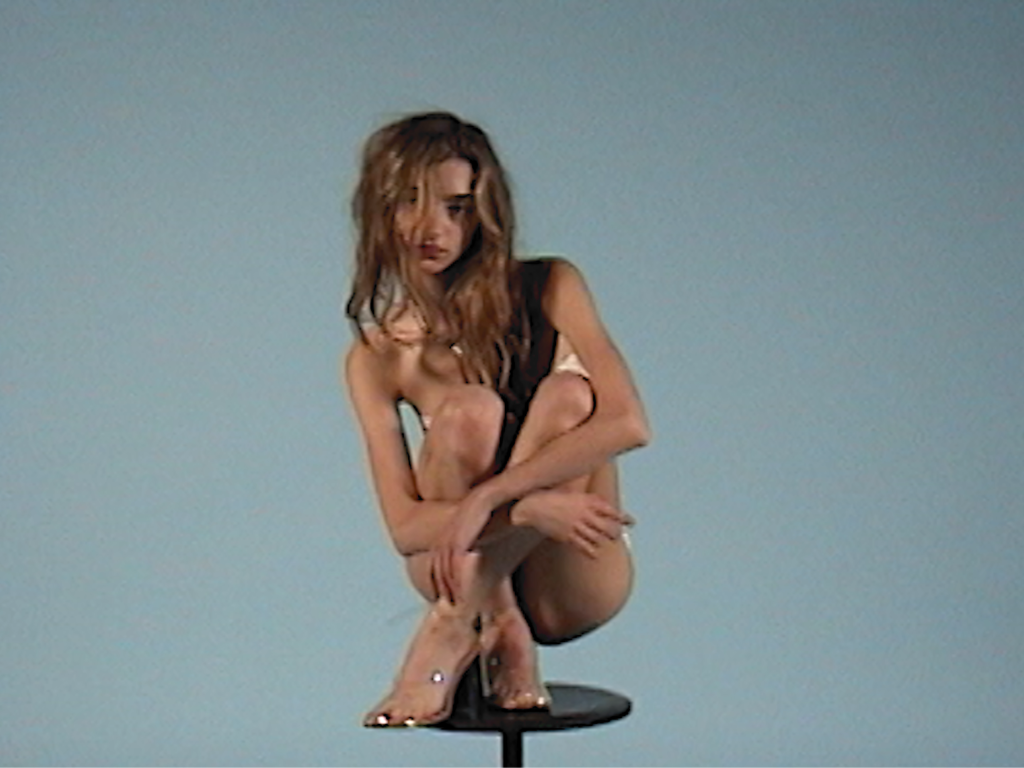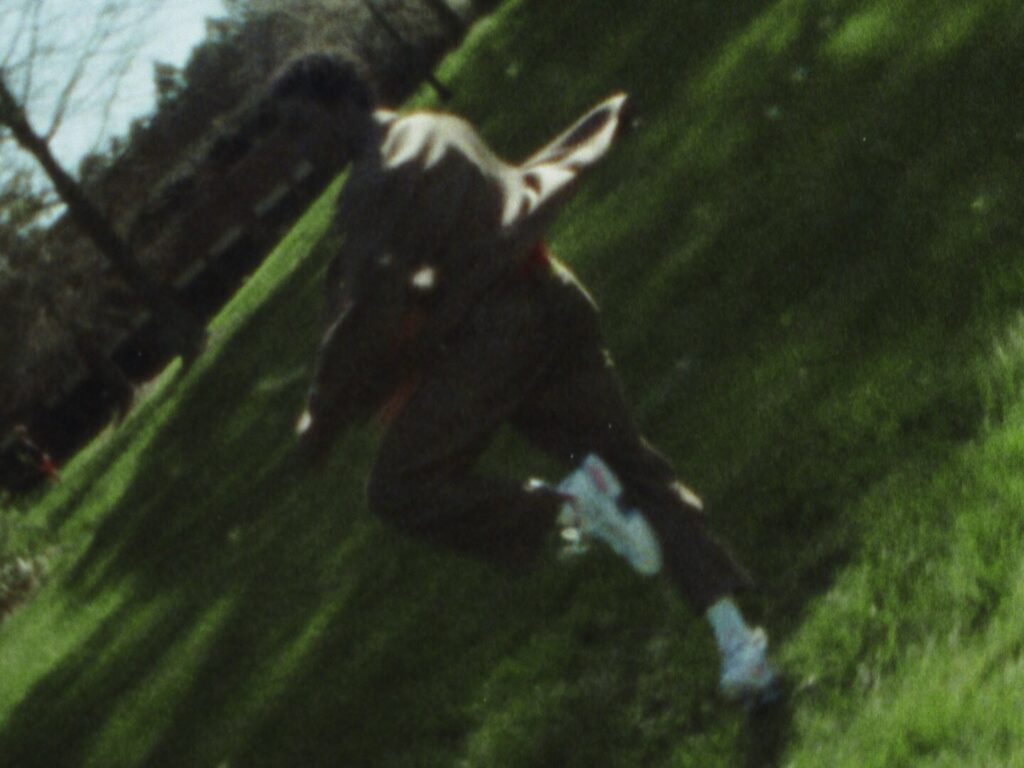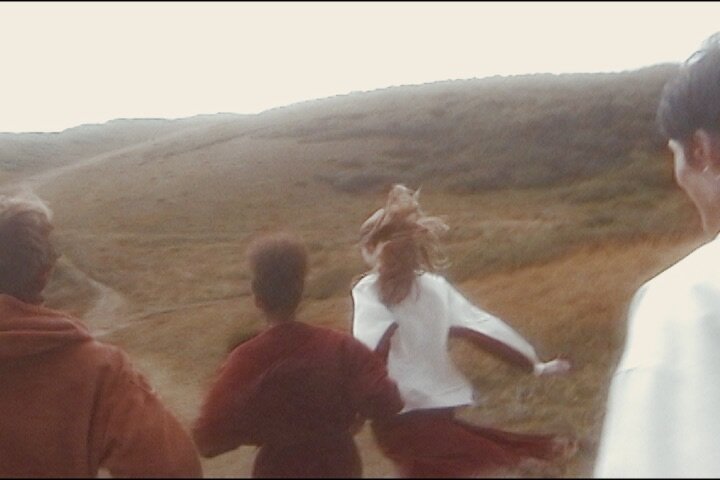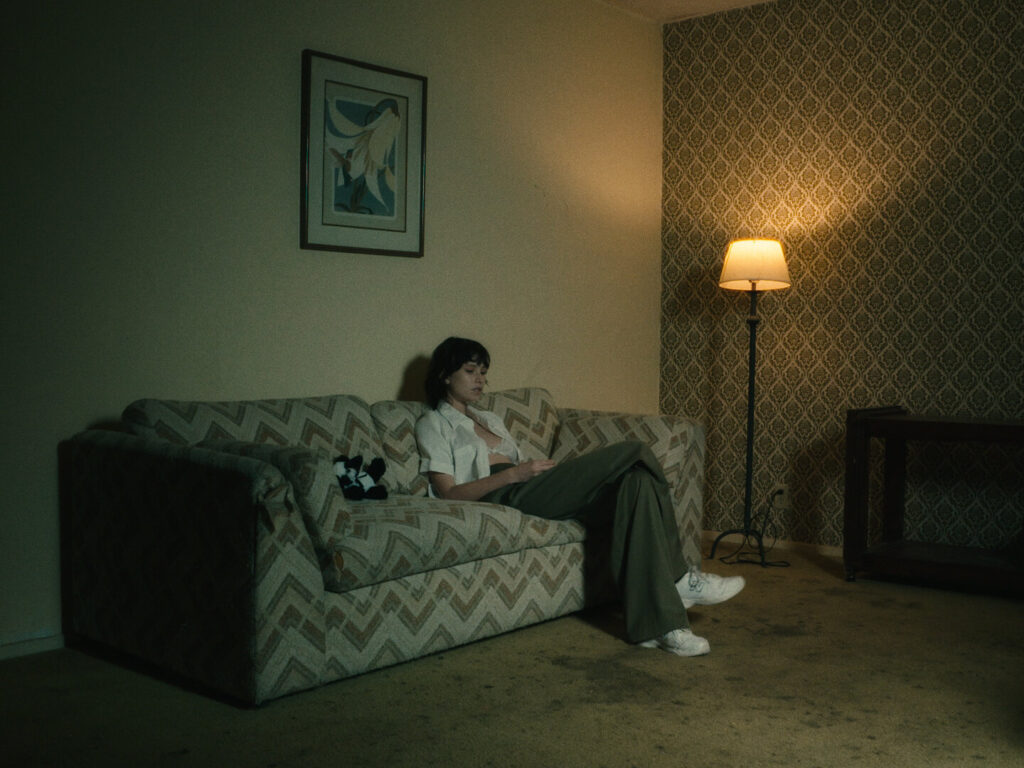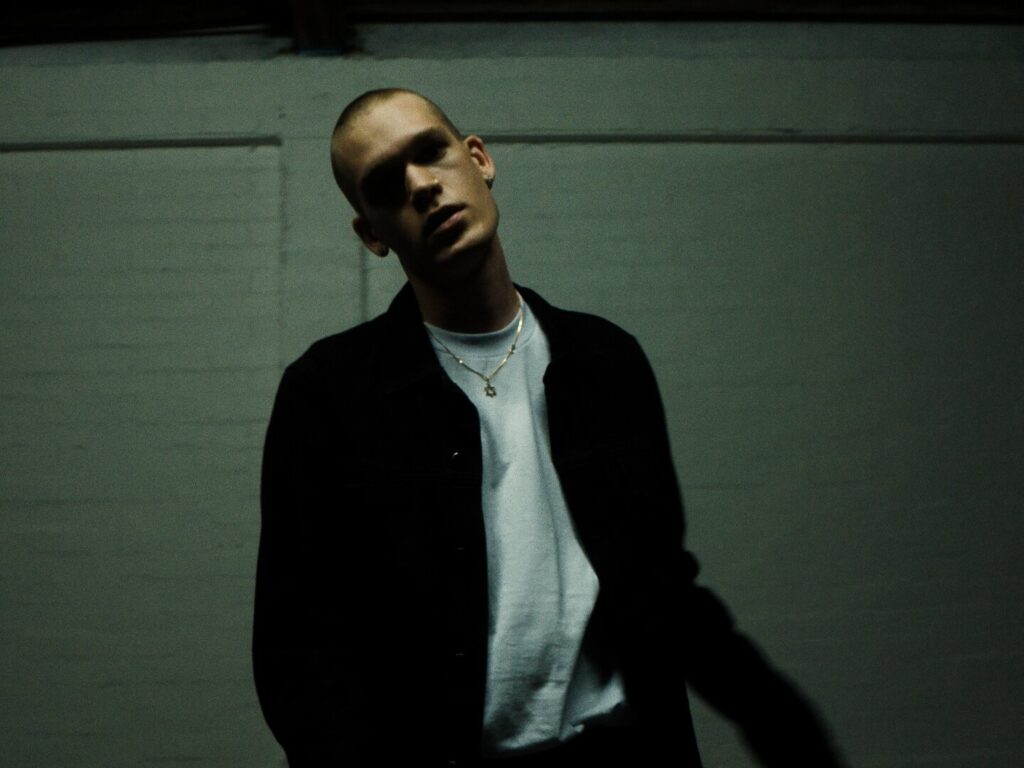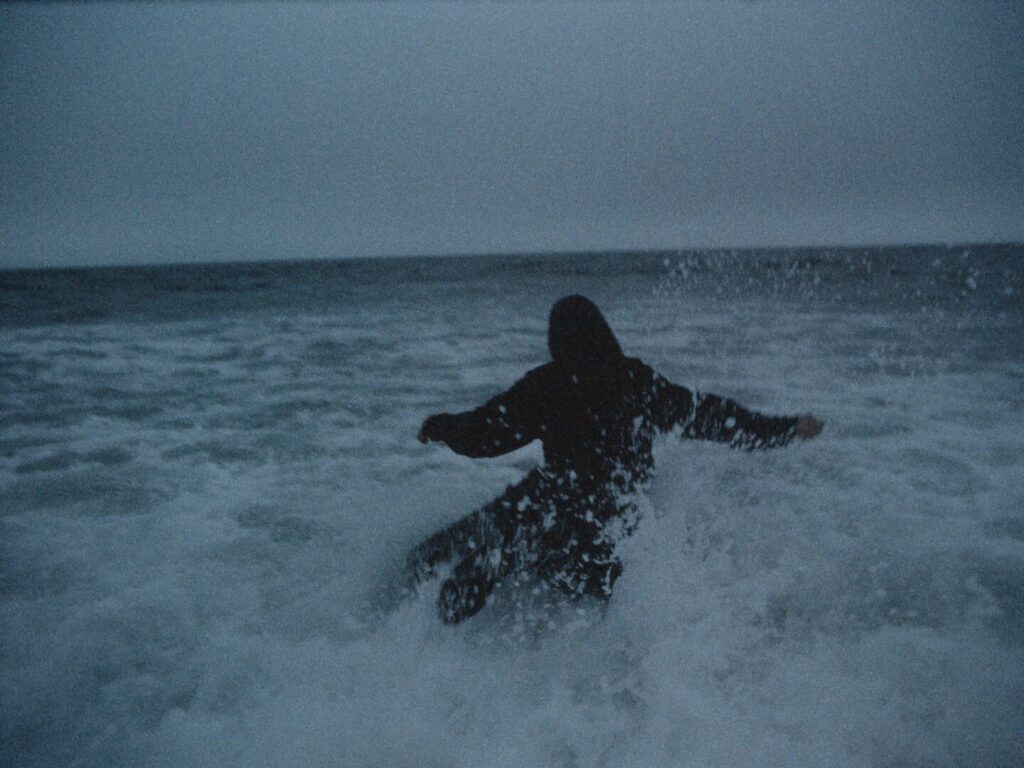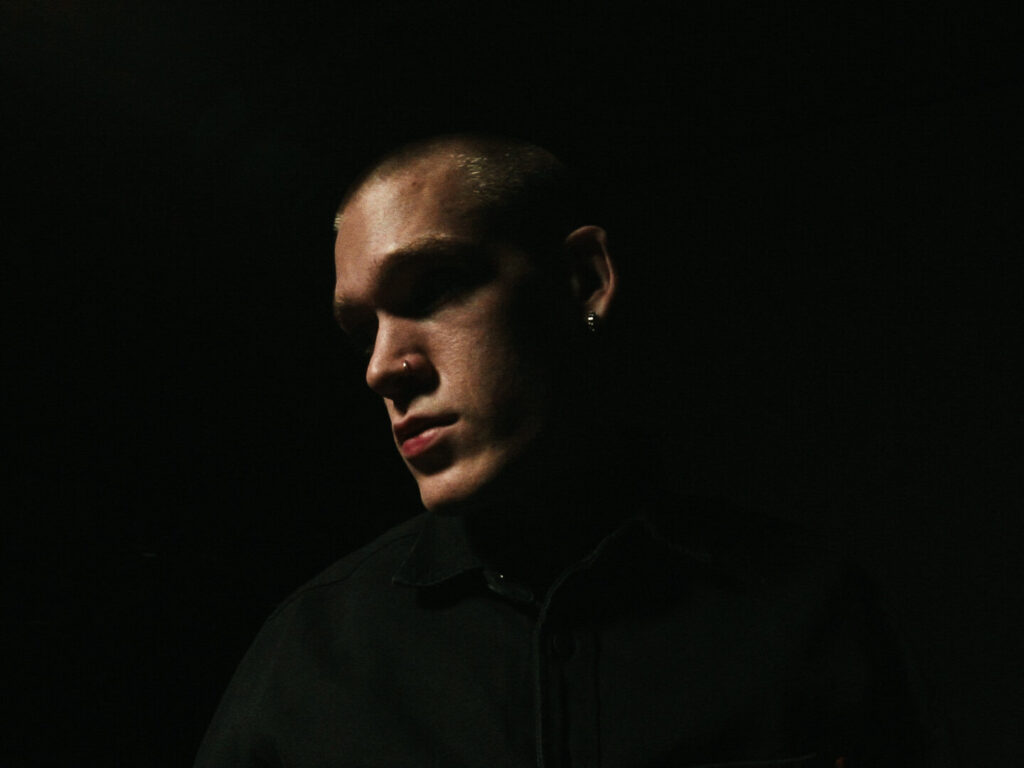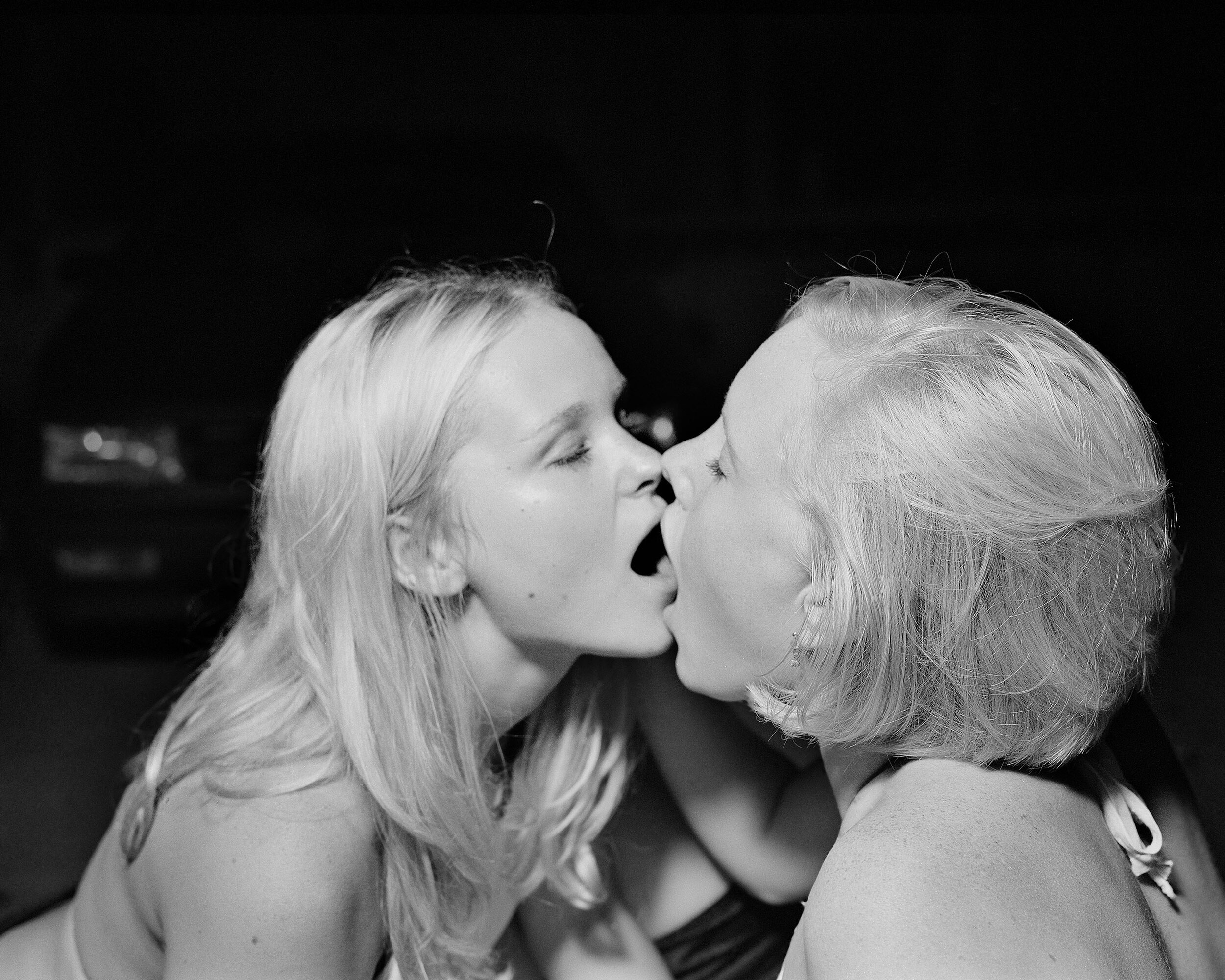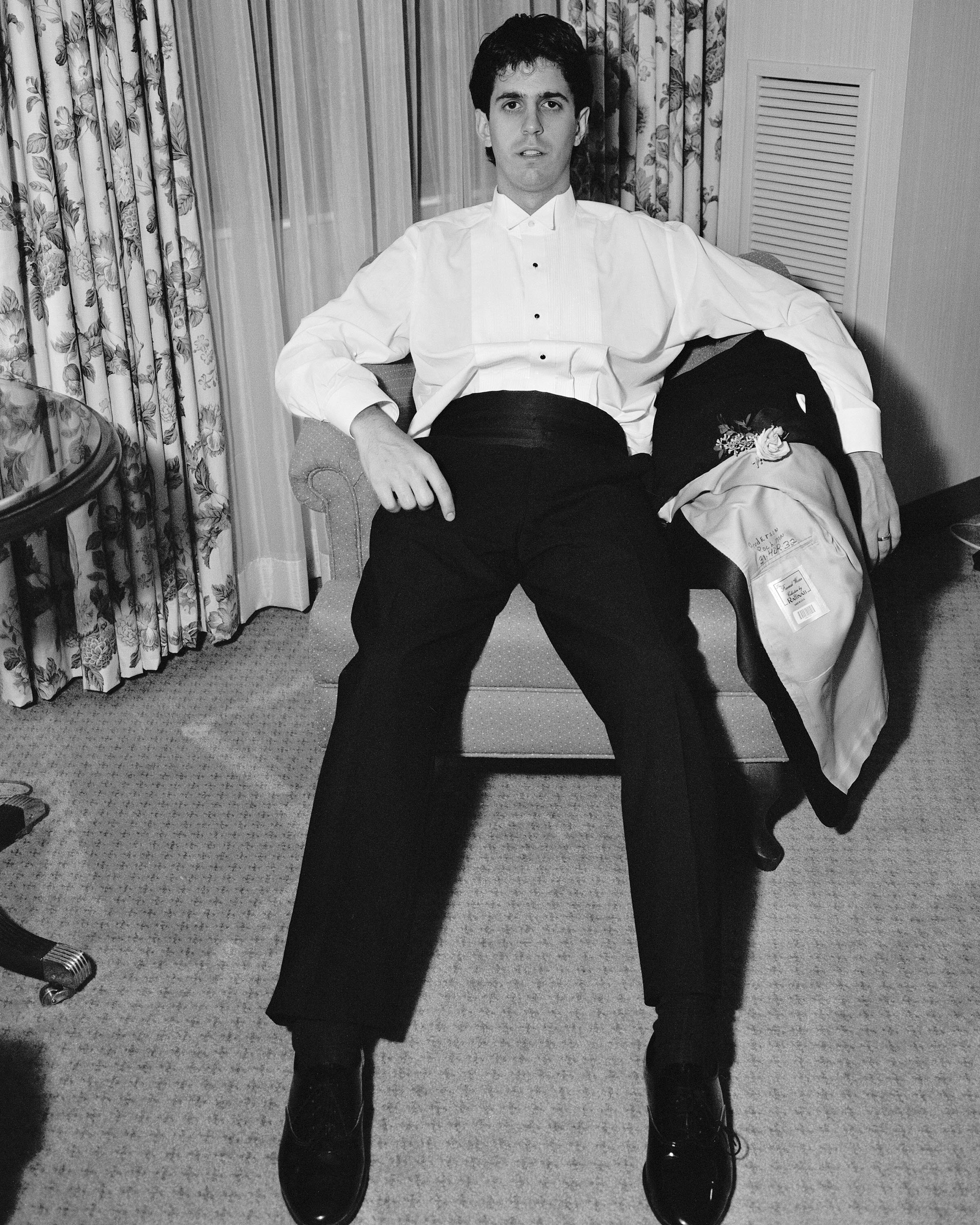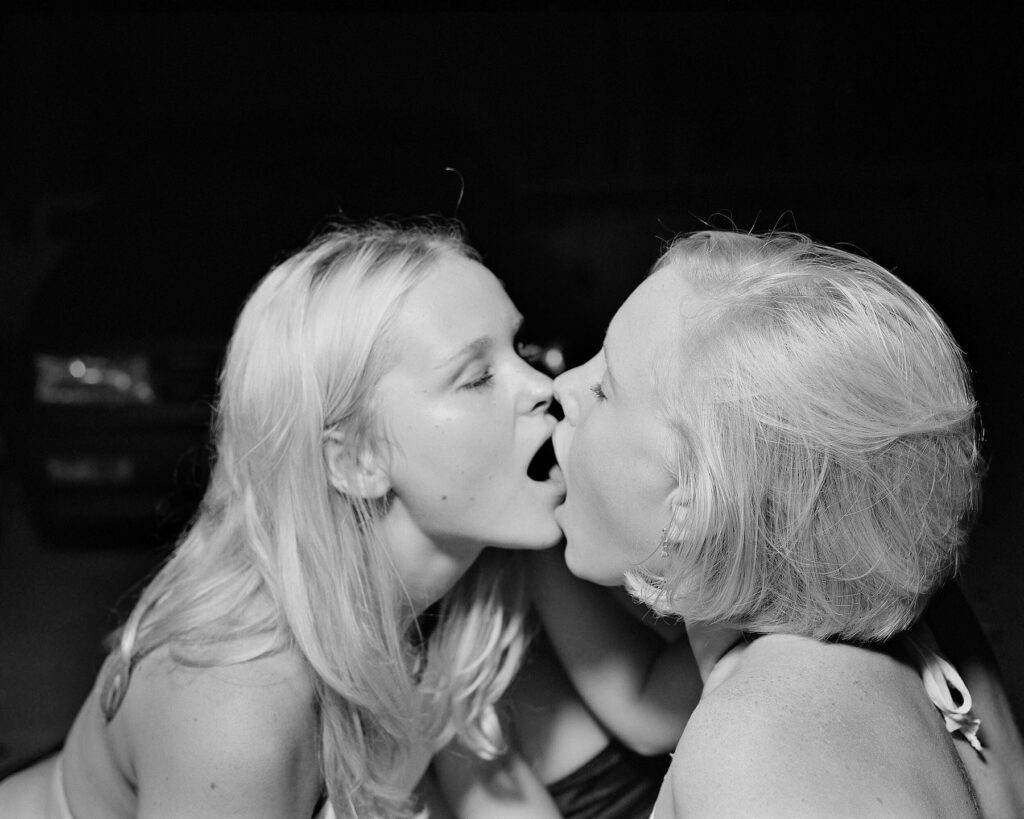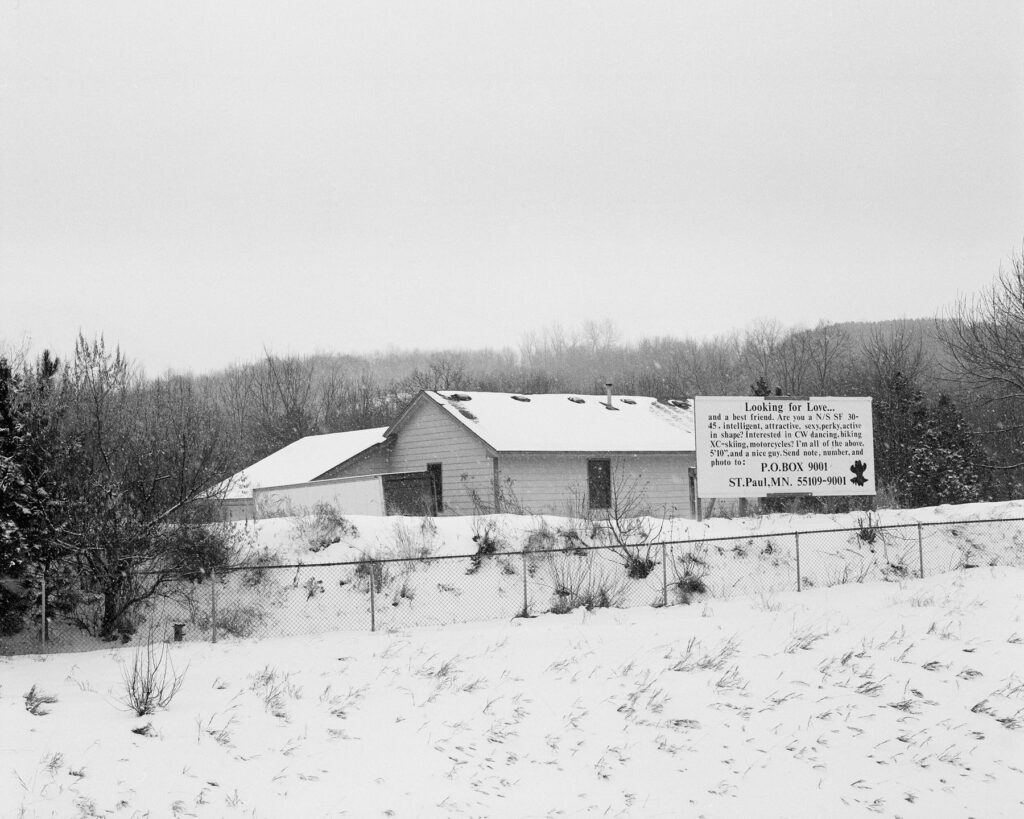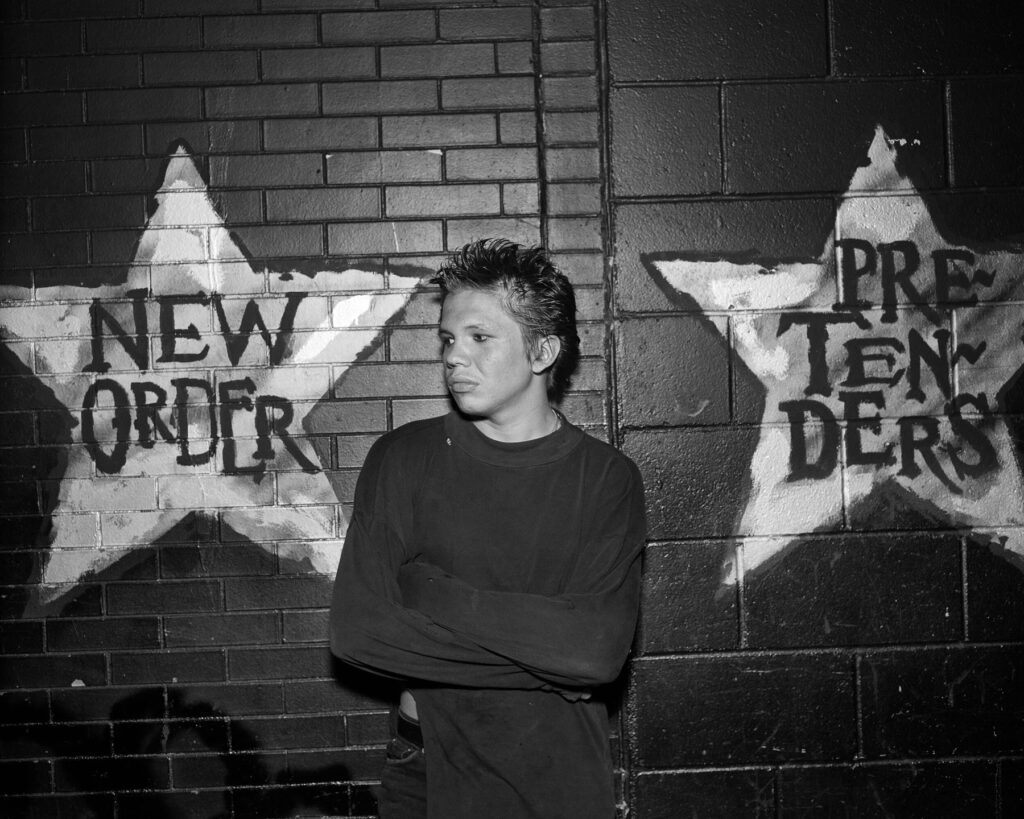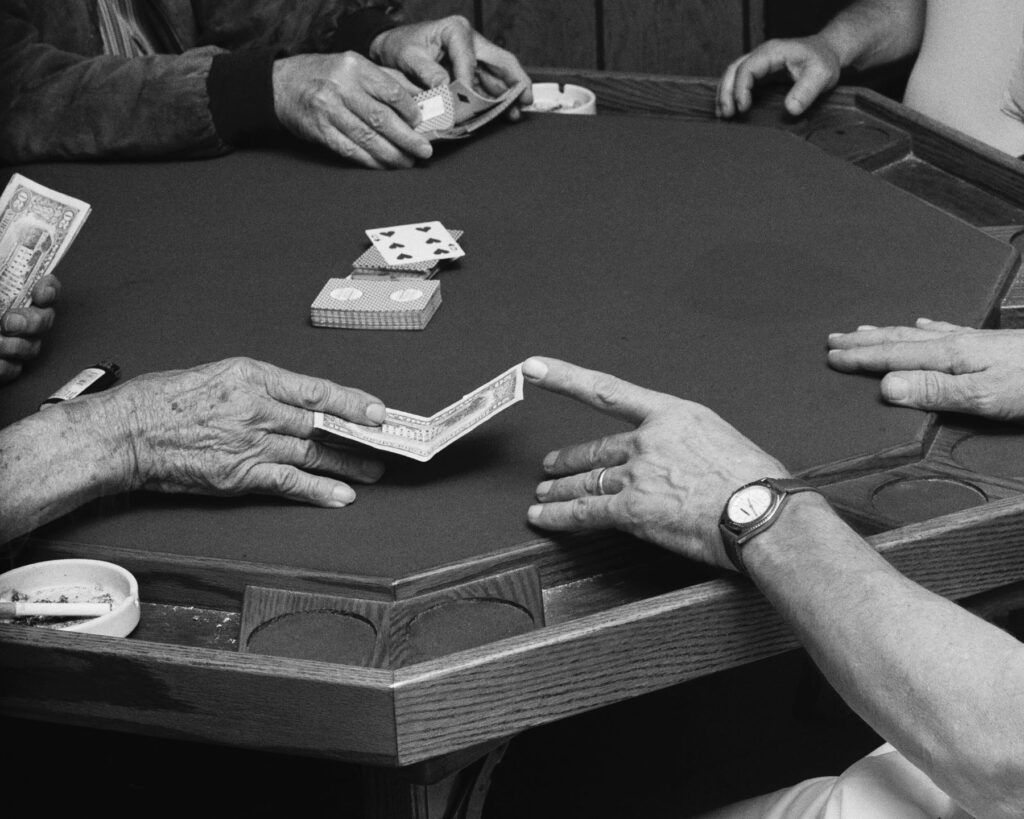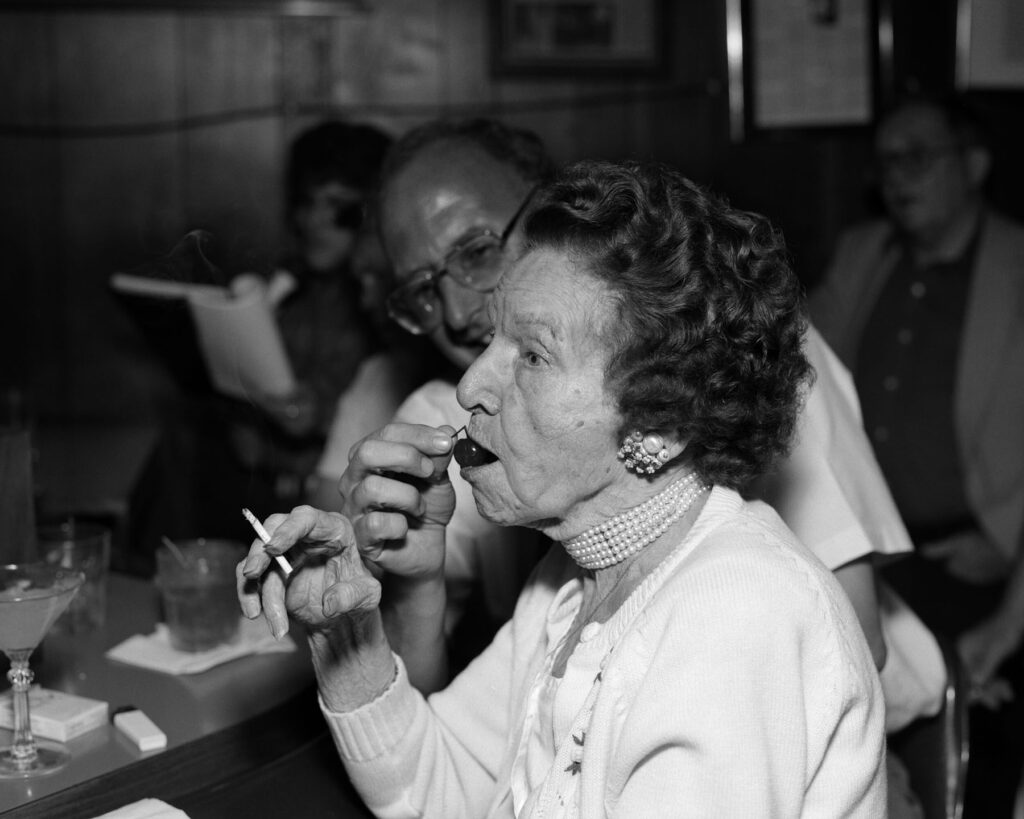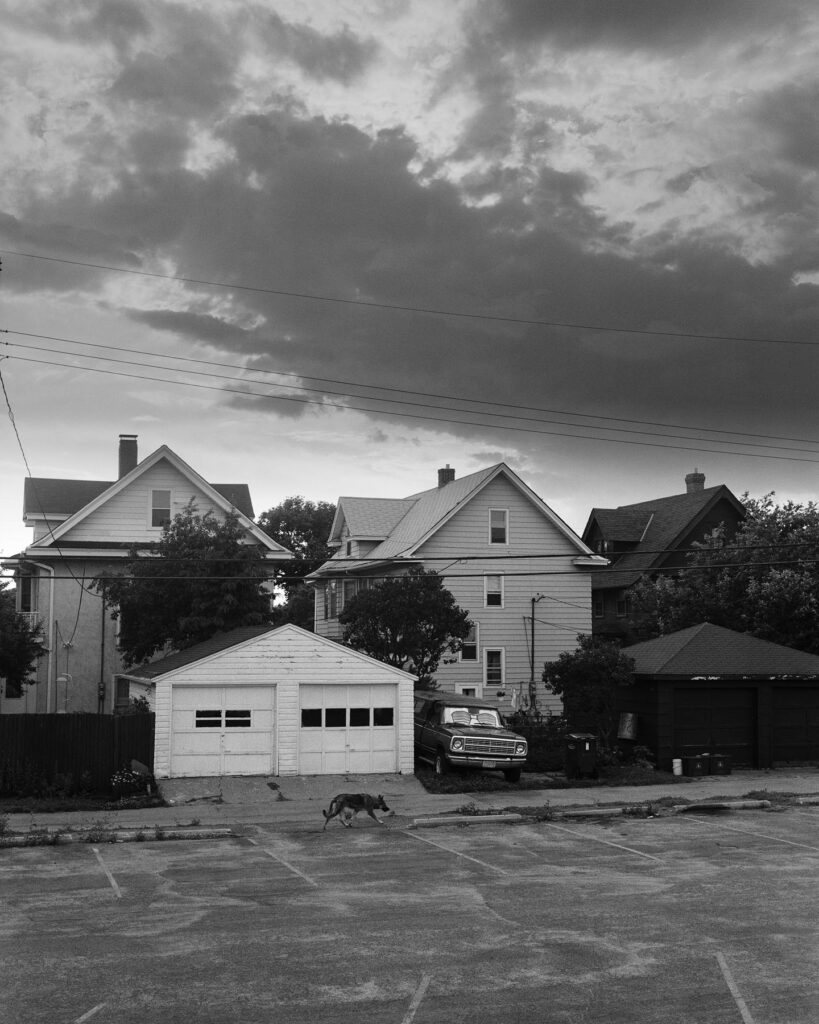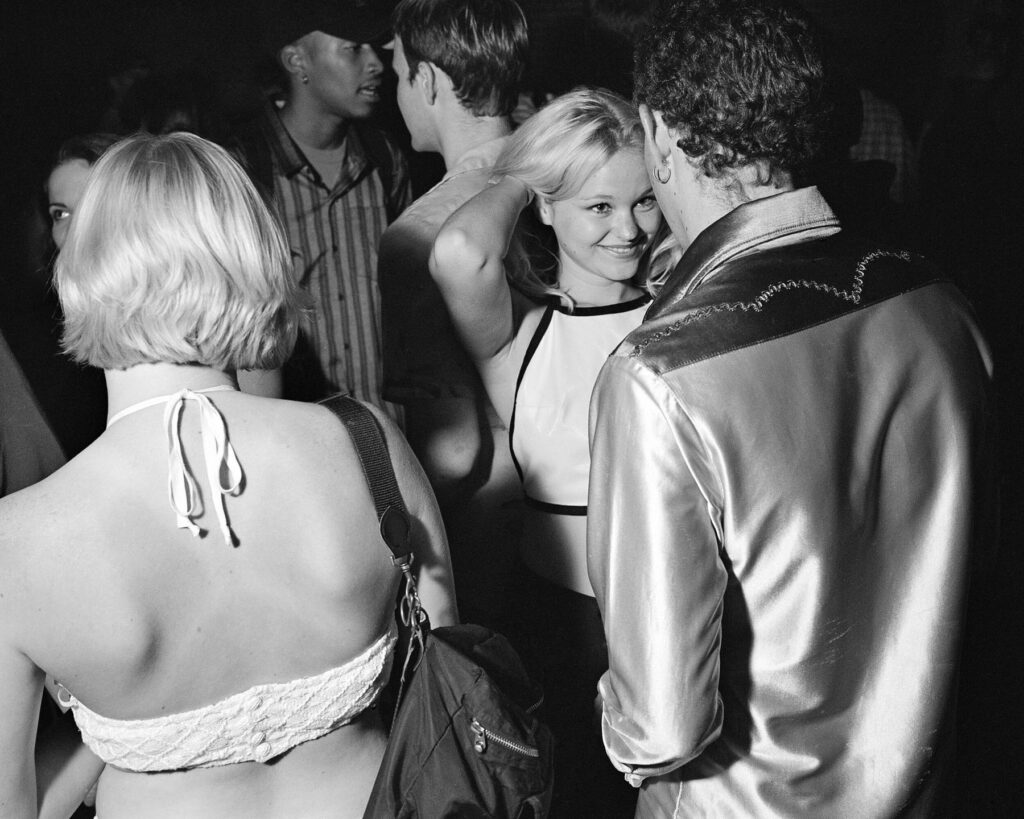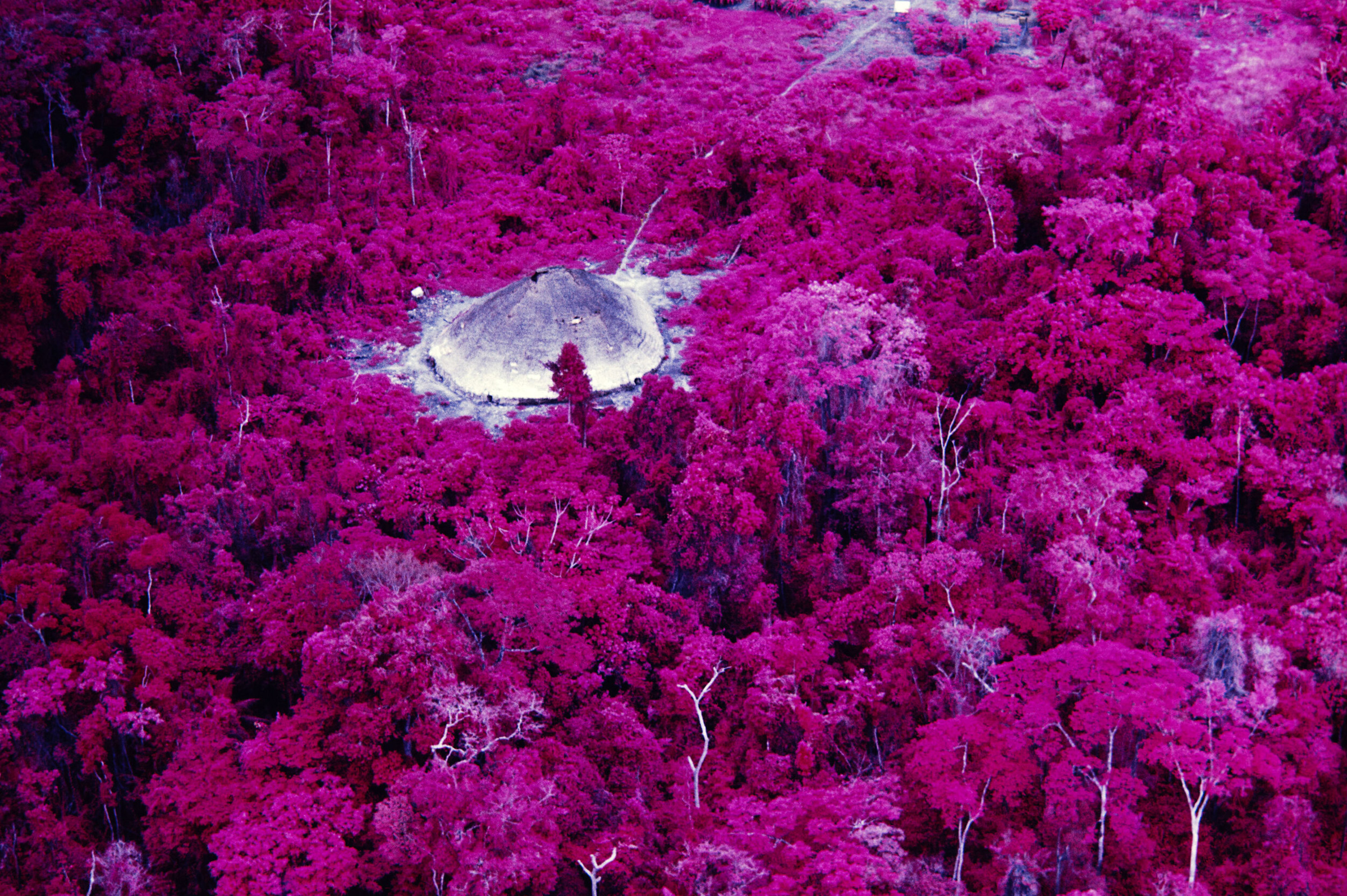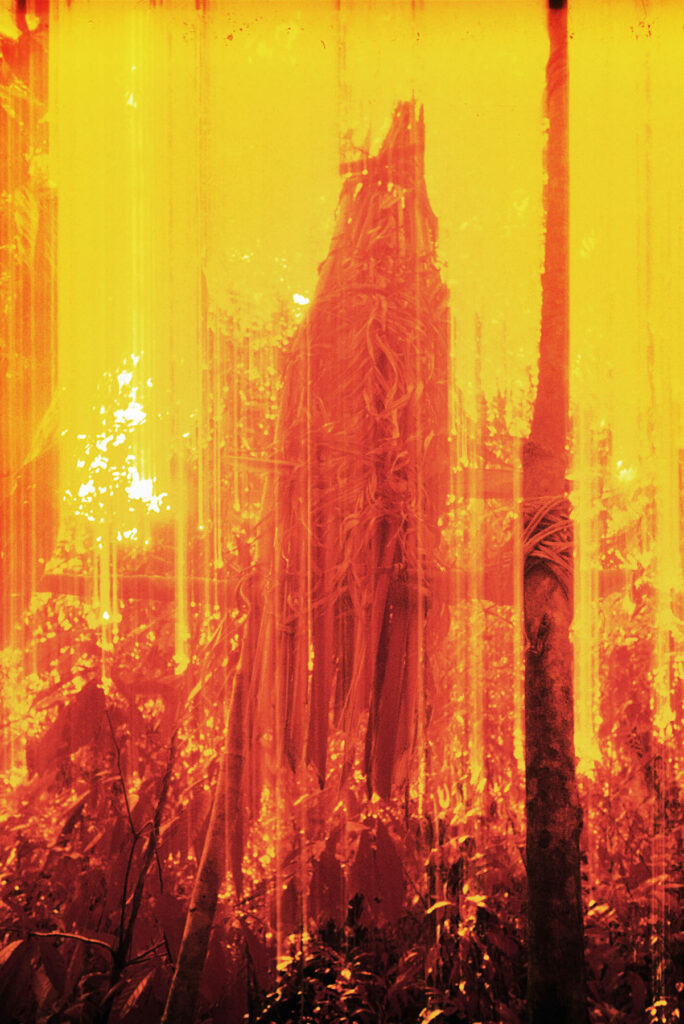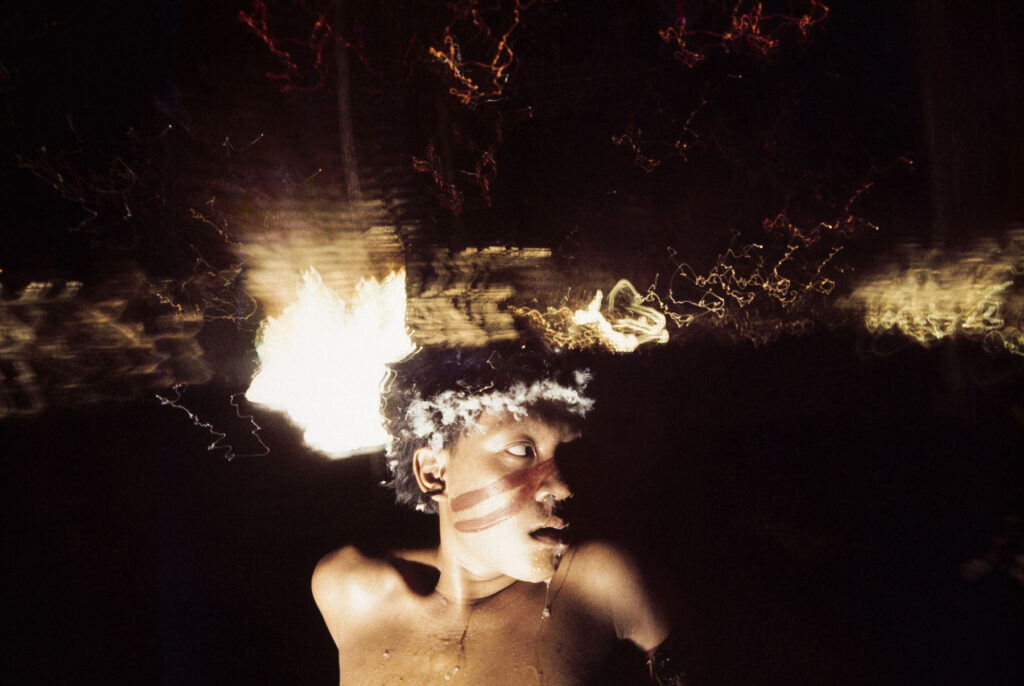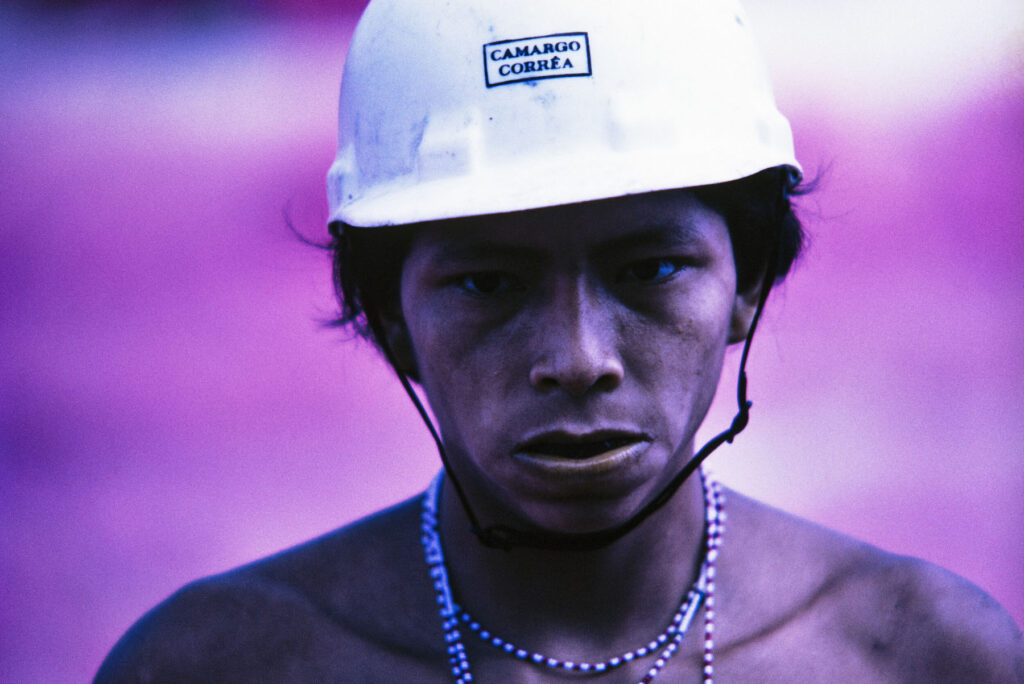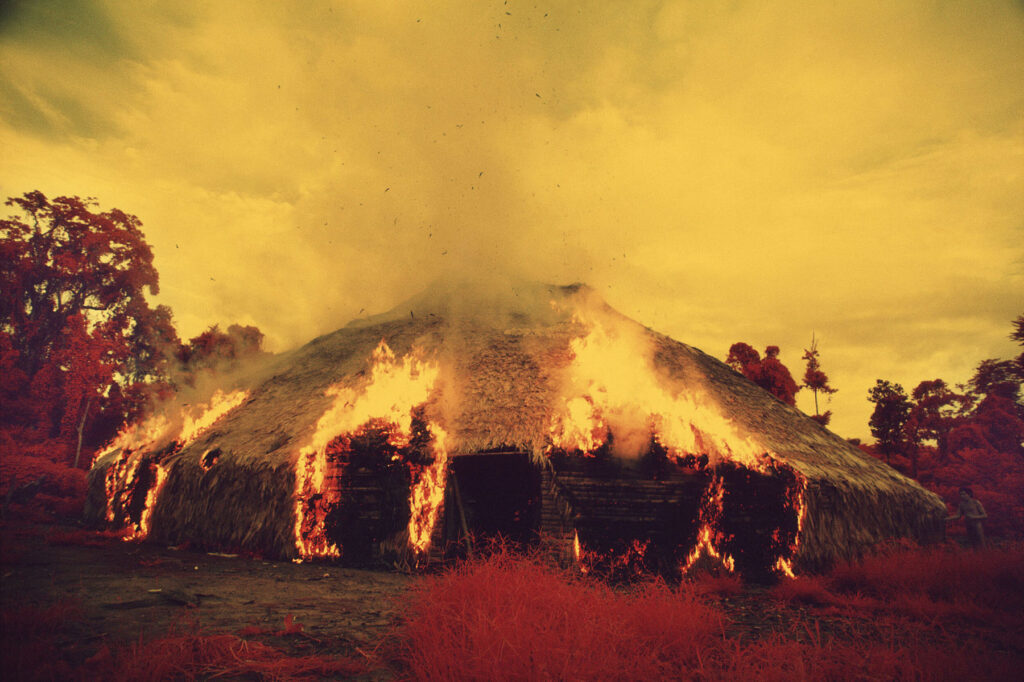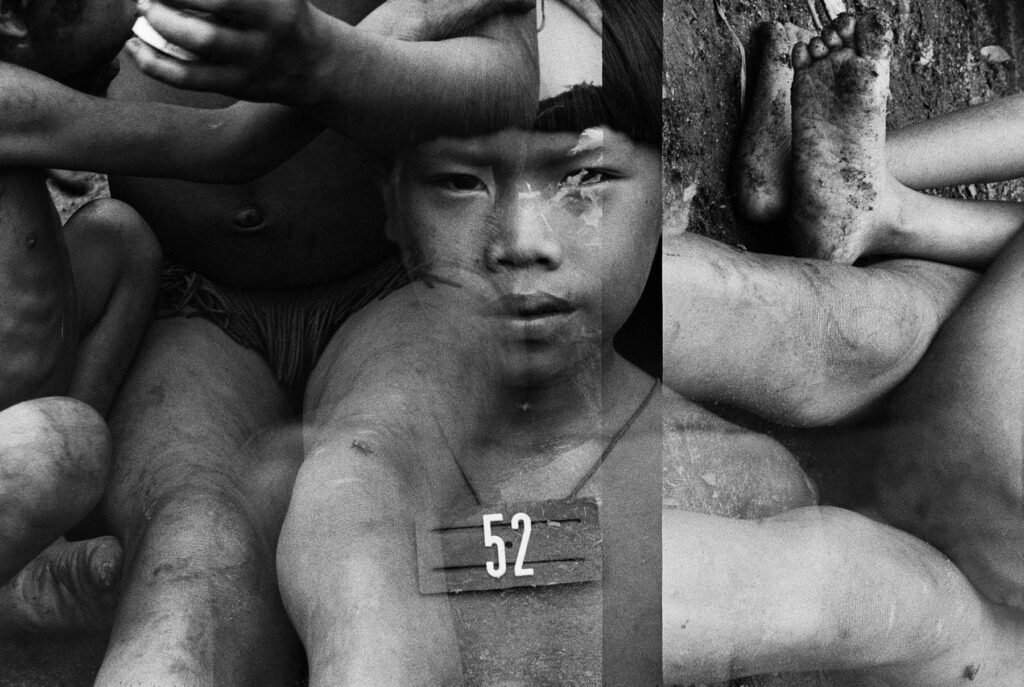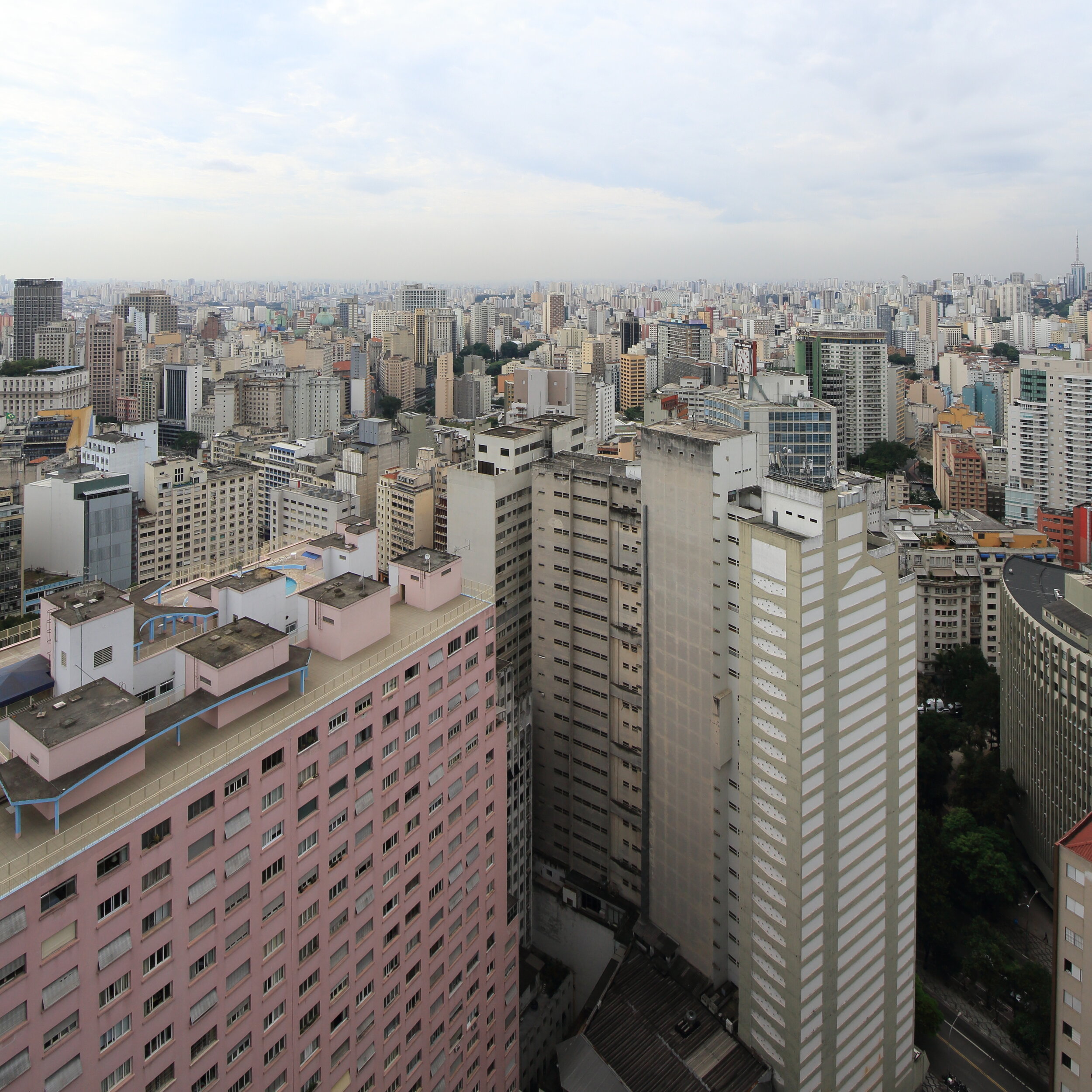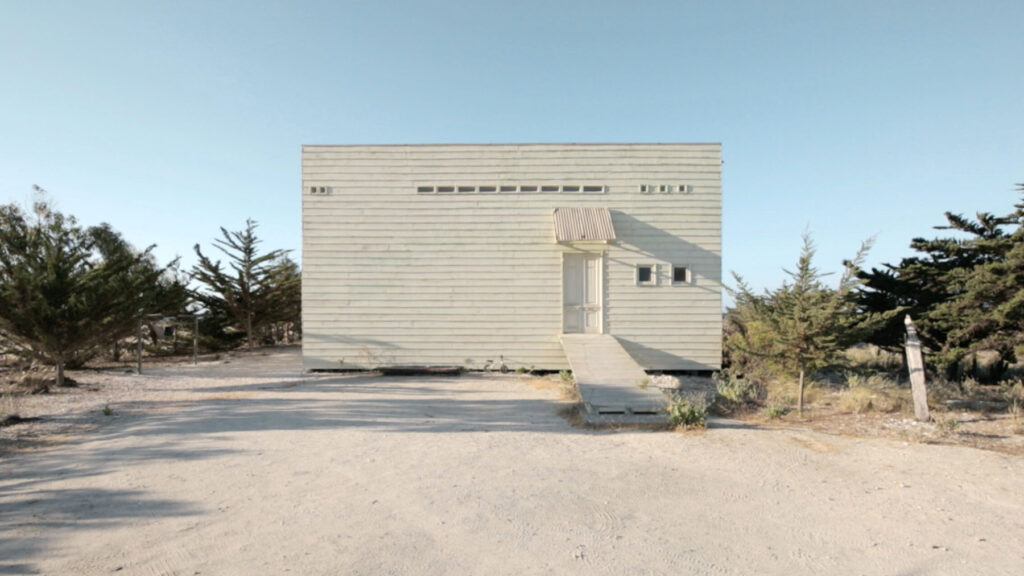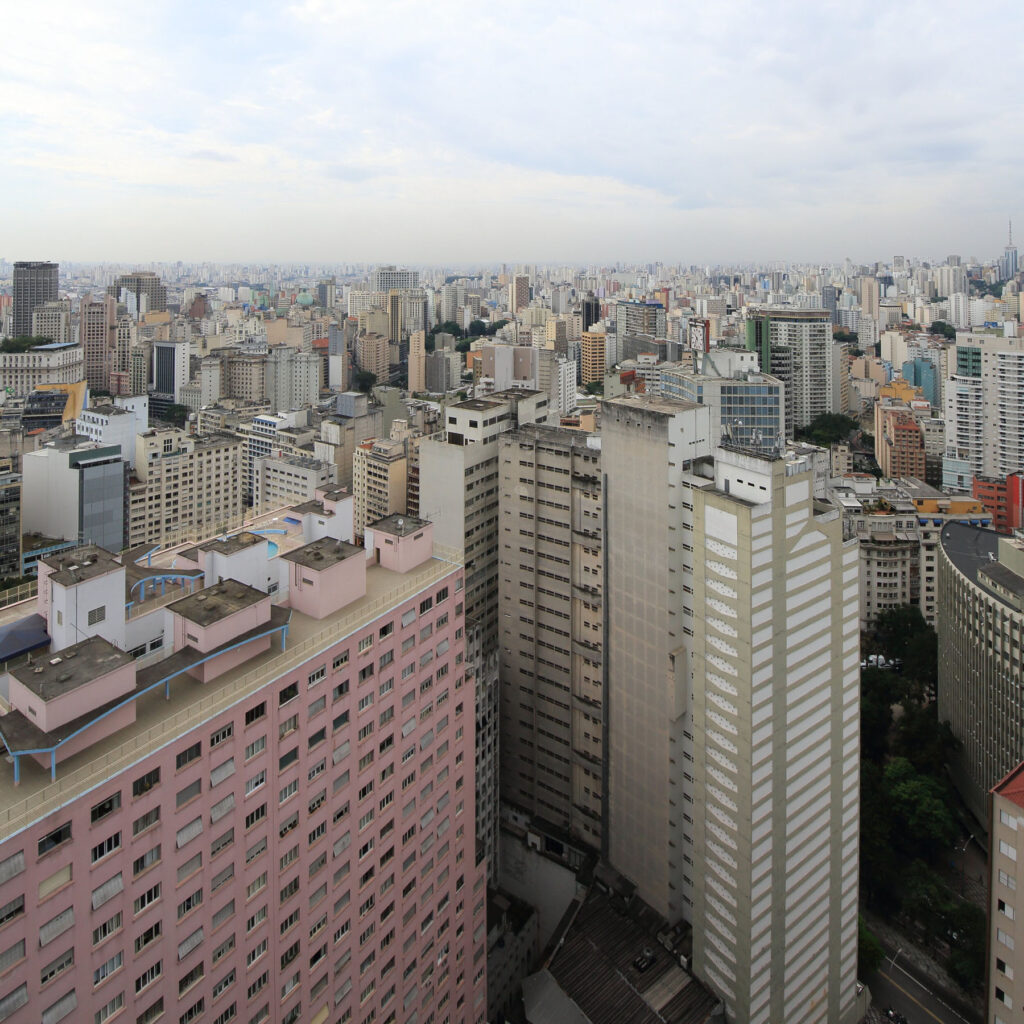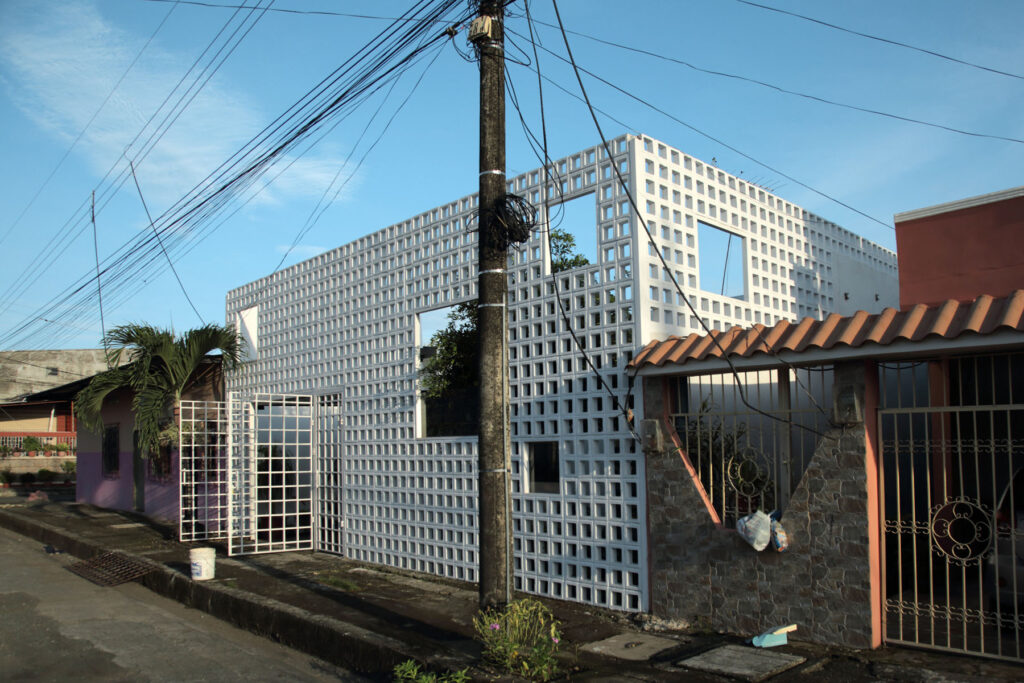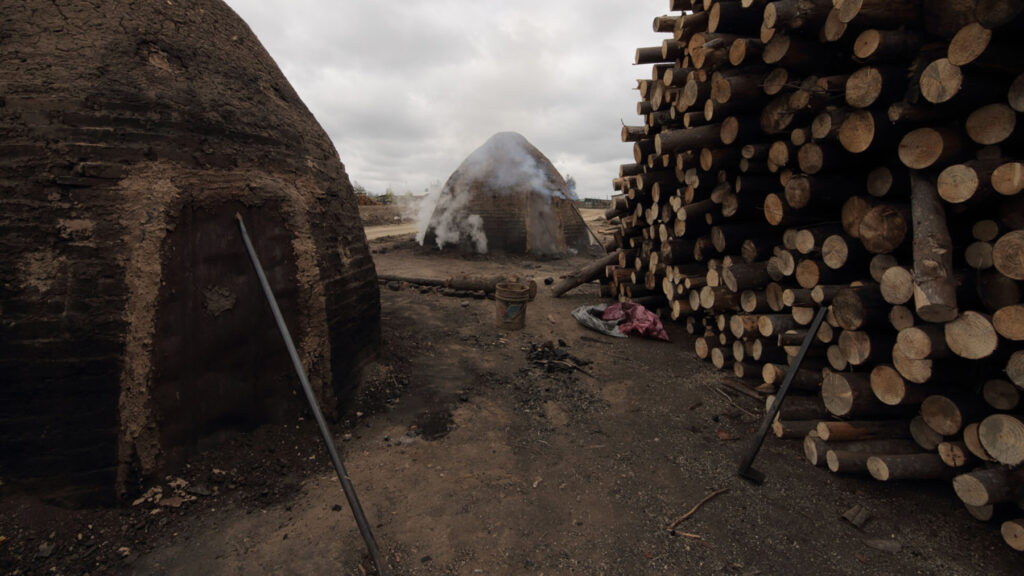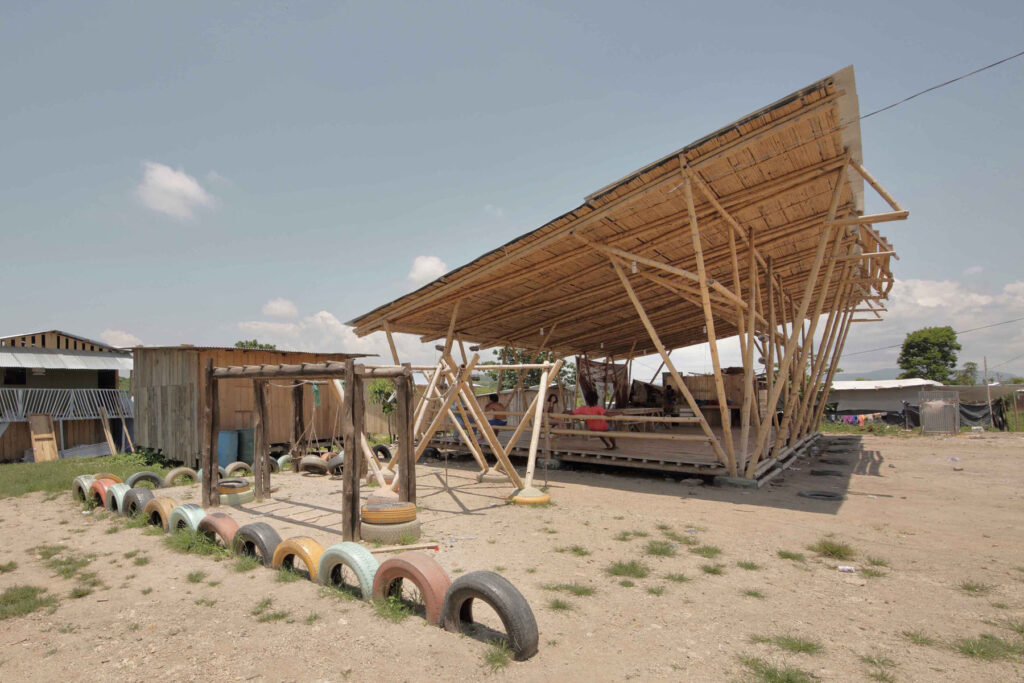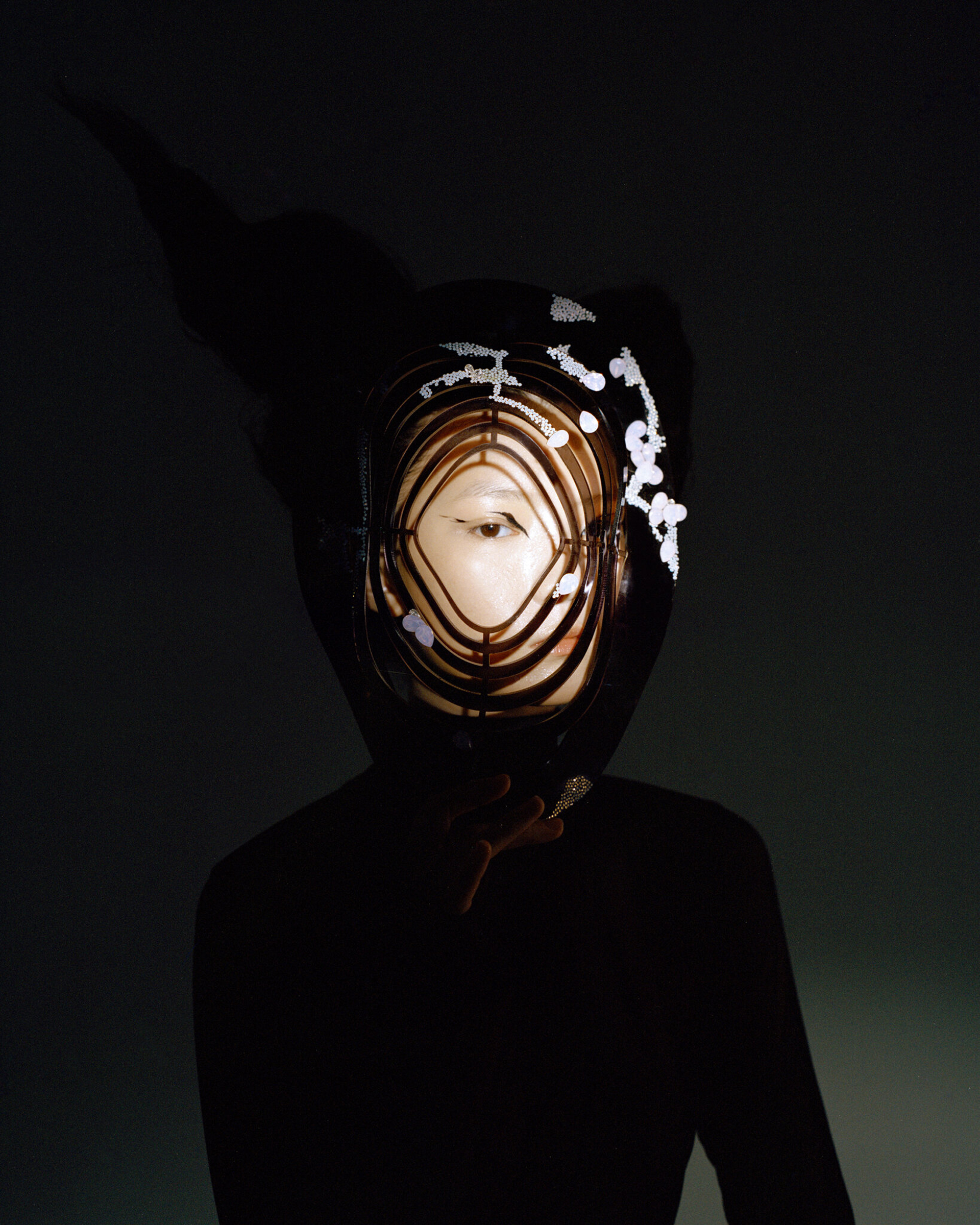
“To truly appreciate light is to observe it intentionally everyday”
Light: a single word draped with a plethora of definitions. It may be about the metaphysical virtues and beliefs that crouch into the human traditions, an object that wounds into the fixtures of homes, or for Zantz Han, an essence in photography. The Singapore-based photographer employs light to charge his images with character and underscore the colors that accentuate his mood, the subject, and their overarching philosophy. As he confesses his reverence for moving versus still images, Han recalls his voyage towards capturing portraits and how color, expressions, and the vision of self immortalize his every shot.

Let us go back to your roots in photography. Before pursuing this medium as your primary means of communication to the world, what influences and incidents triggered this penchant to photography? Was it rooted in your upbringing, or did you discover it during your studies?
I studied animation during my college years, and I was specifically interested in 3D lighting and rendering, but I chanced upon photography during a sub-module course provided by the school and decided to pursue photography as a career later on.
You desire to evoke the senses of your audience when they rifle through your portfolio. What are the senses that you envision to be provoked? How would your images tap into your audience’s emotions and reflections? Why is there a desire to carry this out?
In the sea of content and moving images, still images have less of an impact now. I hope to evoke a good feeling or any sort of feeling to the audience so that they can have a second look at the picture. I wanted the picture to have a lingering effect on that instead of just being another still content – a sensation or nuance of something they can take away from looking at the images.

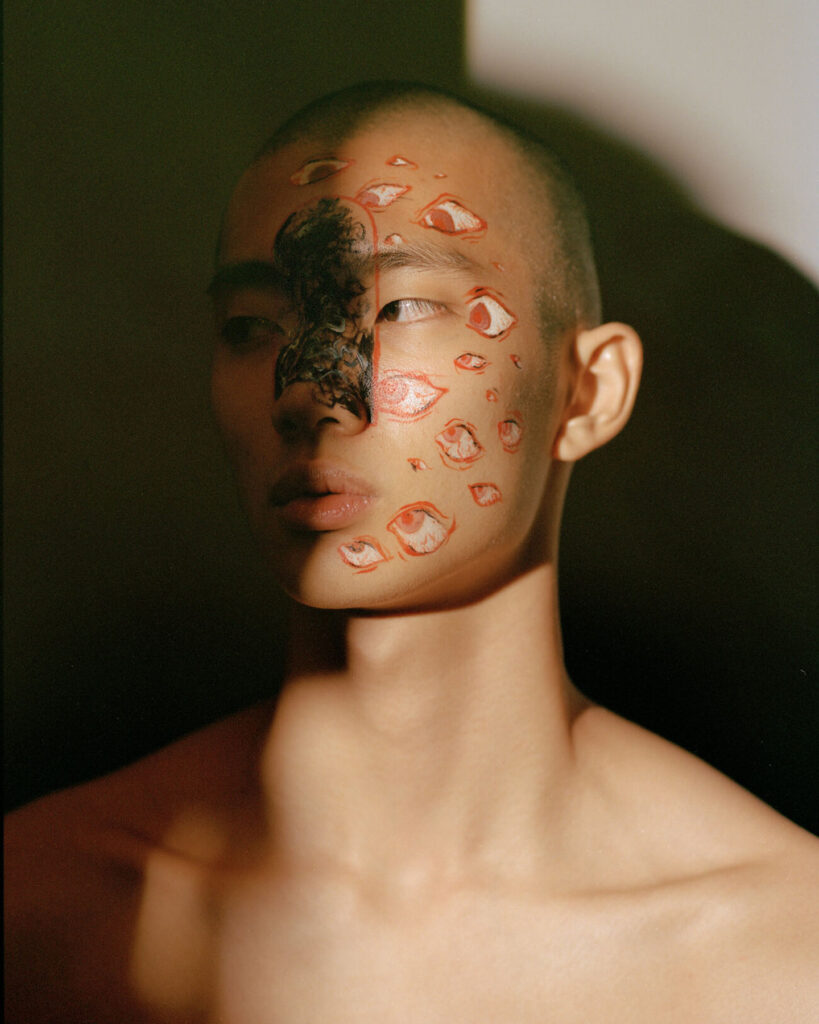
As your concluding statement on describing your photography, you have mentioned the union of art with commerce. In what ways do you marry art and commerce through photography? Also, how do you define art and commerce? Are they separate or combined entities?
My idea lies in creating a business through art and being able to sustain a living through the art that I create. Here, art converges with commerce.
In some of the still images you captured, you induced the stark shade of red/orange in the shots. How do colors influence your photography? What role do your emotions play in your photography? Also, do you relate to the emotions your subjects exude during a shoot?
I think color plays a big part in my photography because it evokes a sense of emotion that brings the picture to life. Growing up, my taste in colour treatment and lighting started to evolve because of the experiences I encountered, and I try to translate them into the pictures via the mood, tone, emotions, and color.
The overview page on my portfolio or website is a collection of recent works that I produced by channeling my inner frustrations into pictures; the darkness and stark reds are strong emotions that I want to portray having experienced them all by myself. The emotions in the pictures are essential in bringing out the story behind it and to evoke a feeling within the audience.
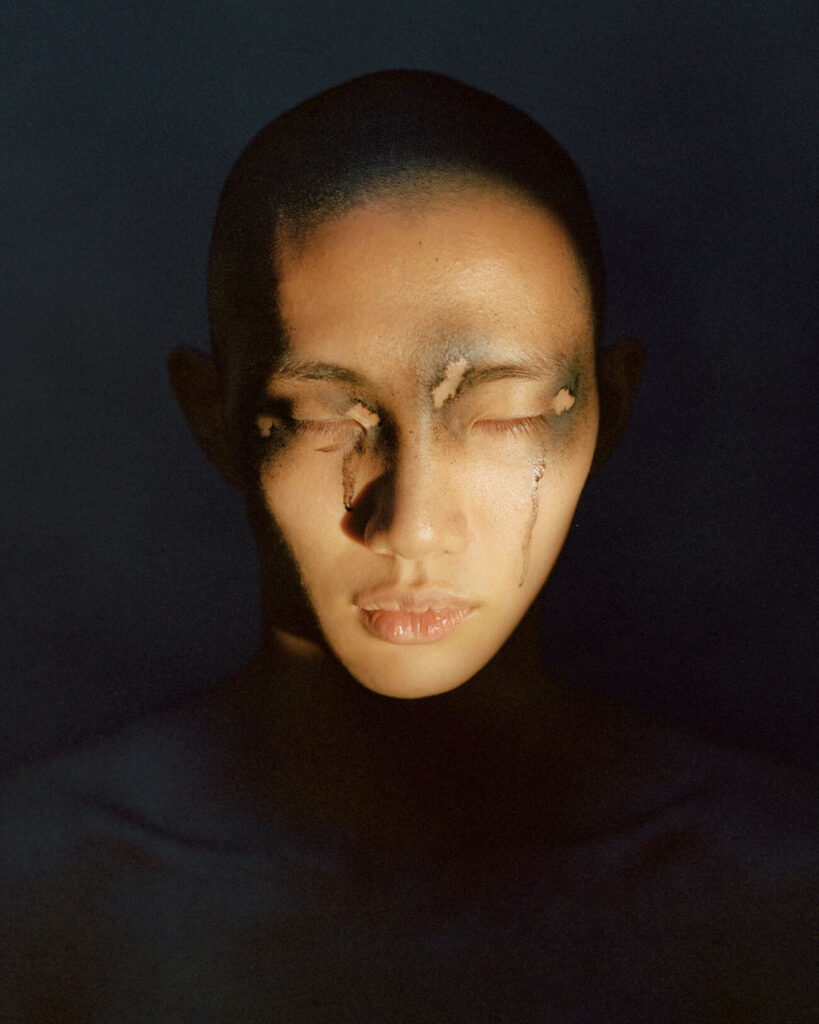
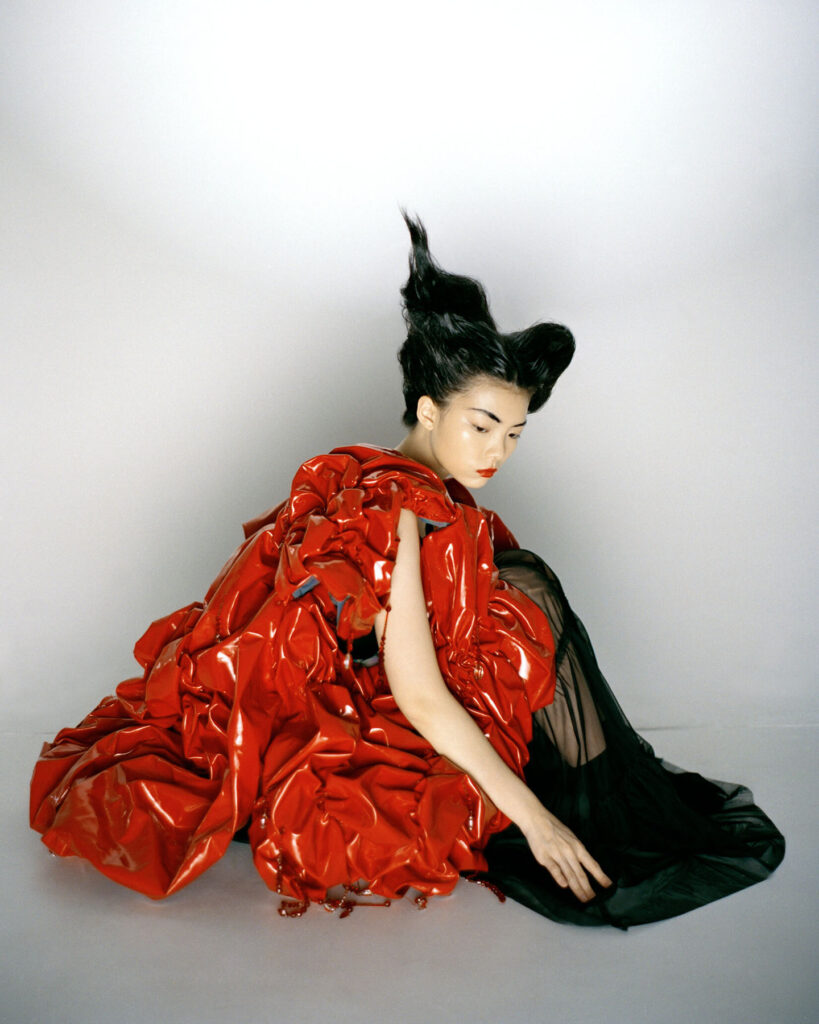

Going through your Overview page, I notice how portraits infiltrate this section. How do you perceive portraits? Are they a reflection of who you are as an artist? What other styles of photographs have you explored?
I think portraits are an easy go-to and the simplest form of human photography. I like to explore still life and documentary photography too.
Your style crosses the boundaries of ethereal and surreal pop, dreamy and hazy vibes, and solemn looks. Do you define your approach in photography, or do you go for a more free-flowing manner? How do you transition from one mood to another? Is it an easy move to do?
I approach photography through my mood and feeling, and express them through the crafting of light, expressions, and colors. The transition depends on the chemistry between the subject and myself, and how expressive the subject can be.
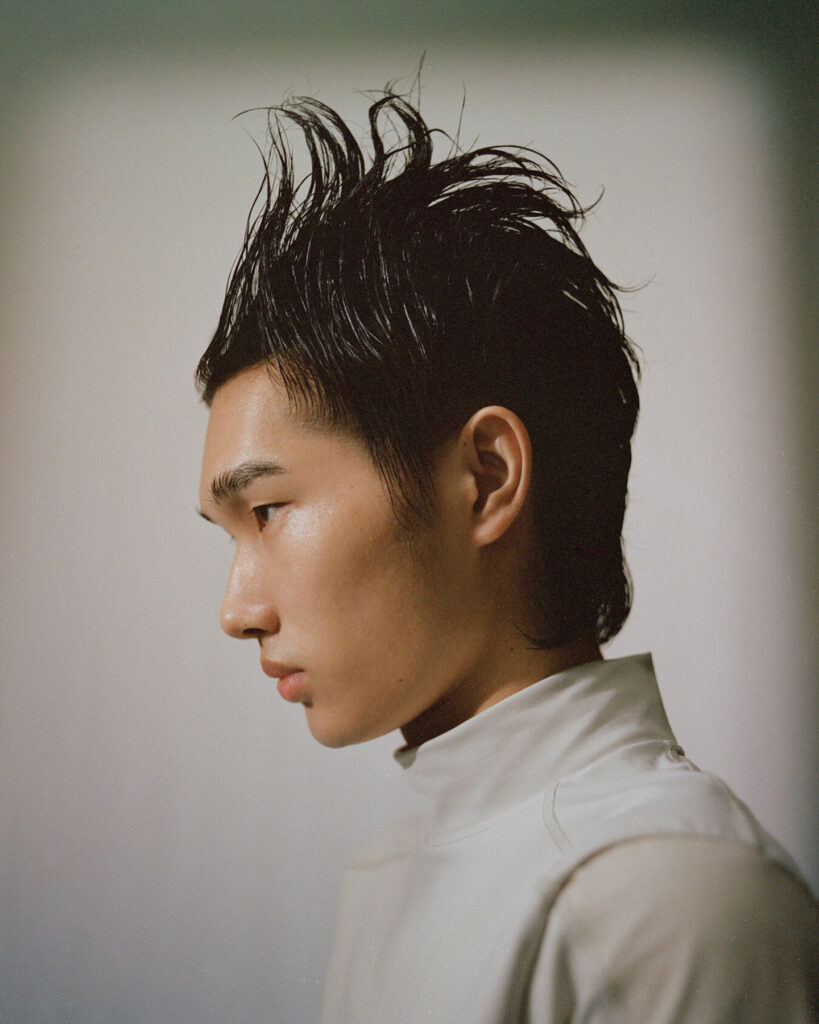

I have also noticed the play of light in your photographs. In some images, the light seems to be subdued, while vibrant in others. How essential is light in your photography? Do you plan its use, or is it more spontaneous? Then, does light – in its figurative, metaphorical, or obvious term – mean anything in your life? How do you incorporate these beliefs in your art?
Light, something that is very sensitive to the eyes and camera, is one of the essence in photography. To truly appreciate light is to observe it intentionally everyday. I like to take my time in constituting my light and modifying its quality to my taste to match the mood and tone I am envisioning.
Light, in its simplest form, provides energy to all life forms. It is essential in creating imagery because it brings the picture to life. It gives it a soul; without it, everything will be pitch black.
